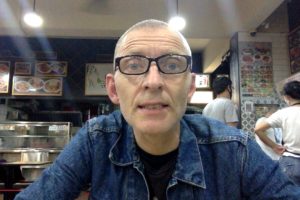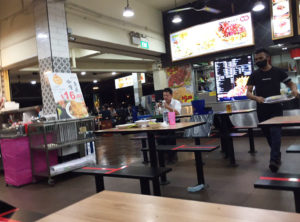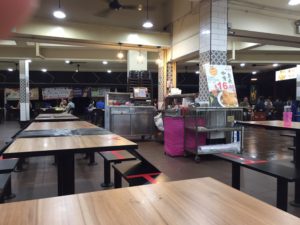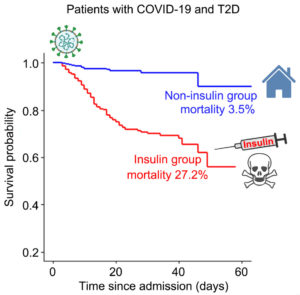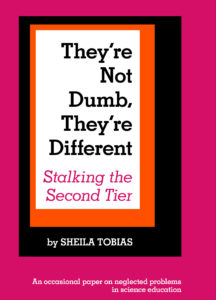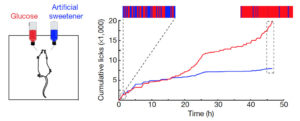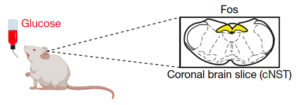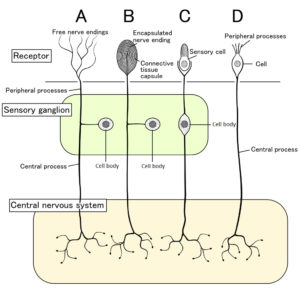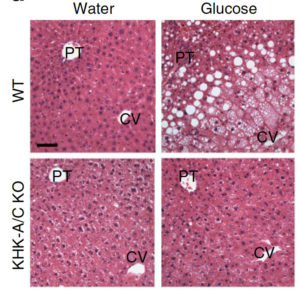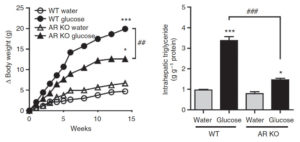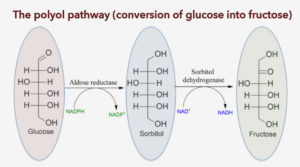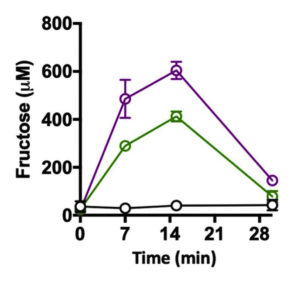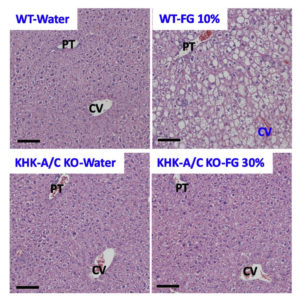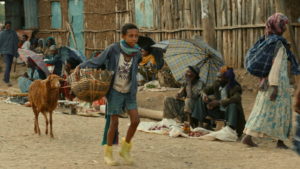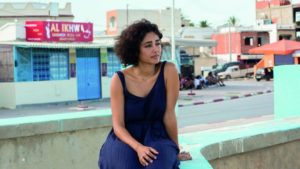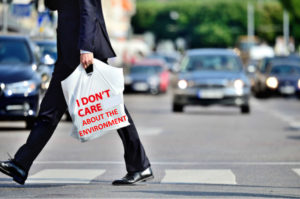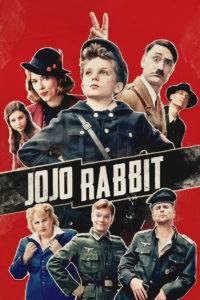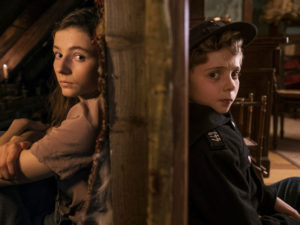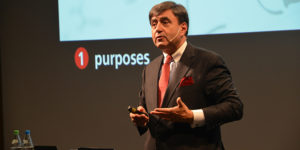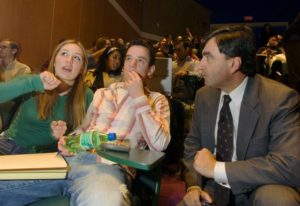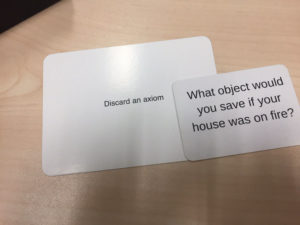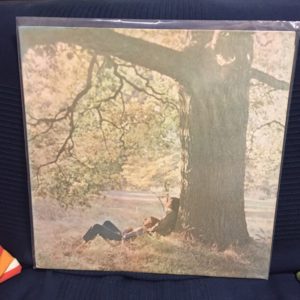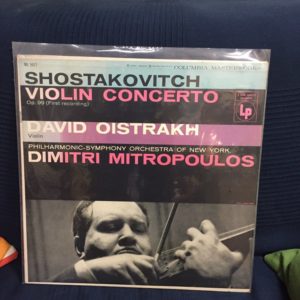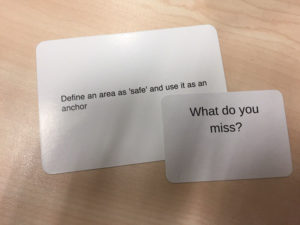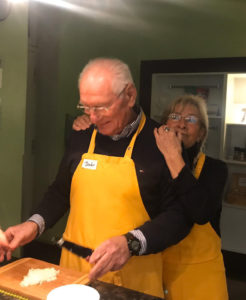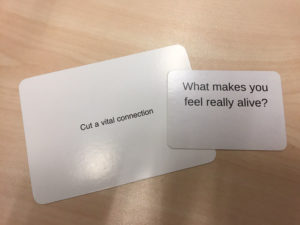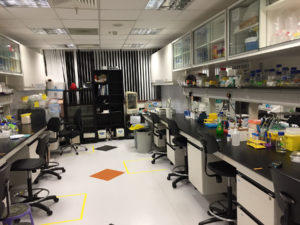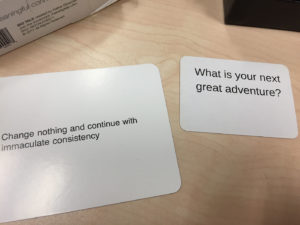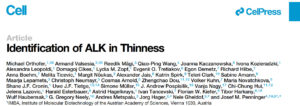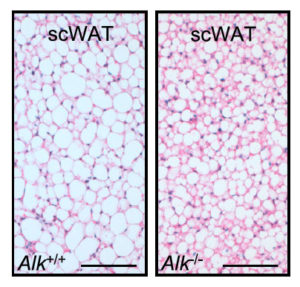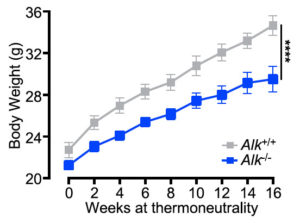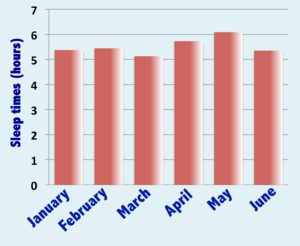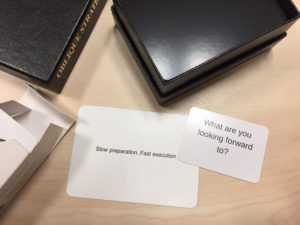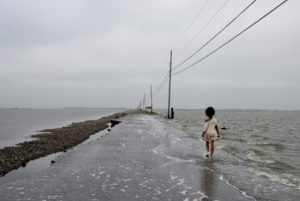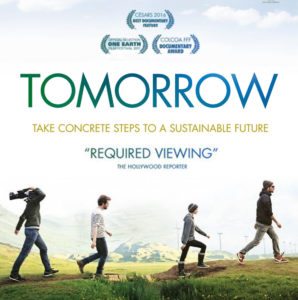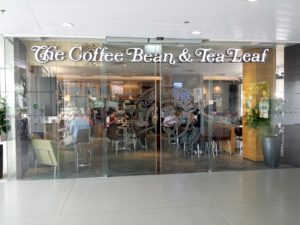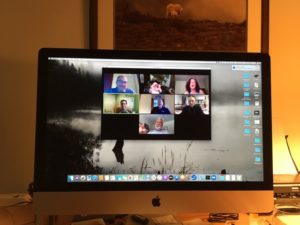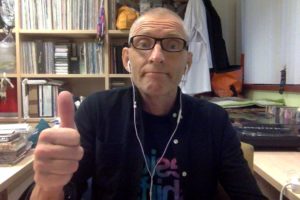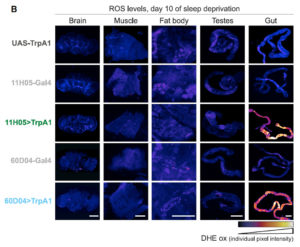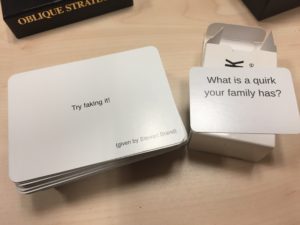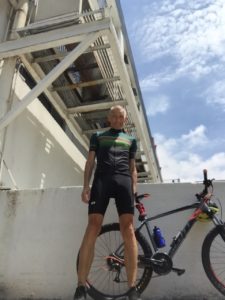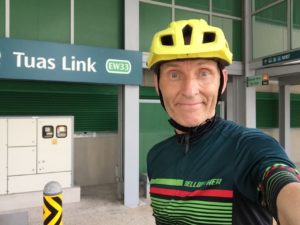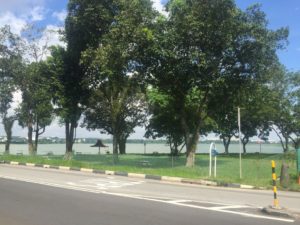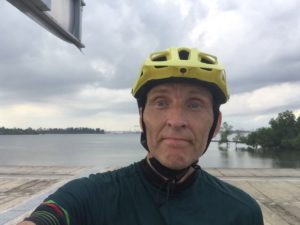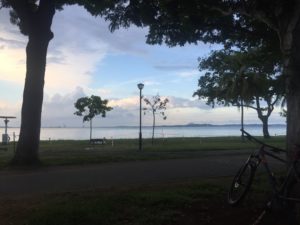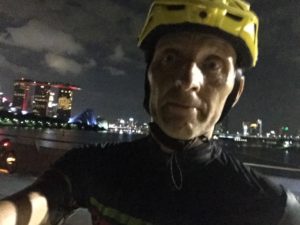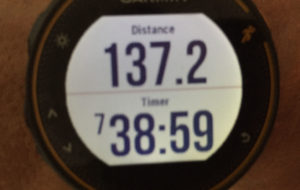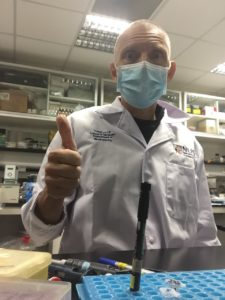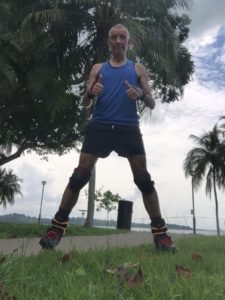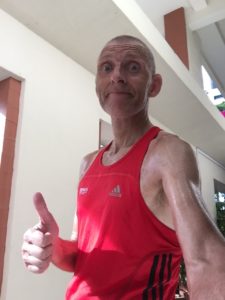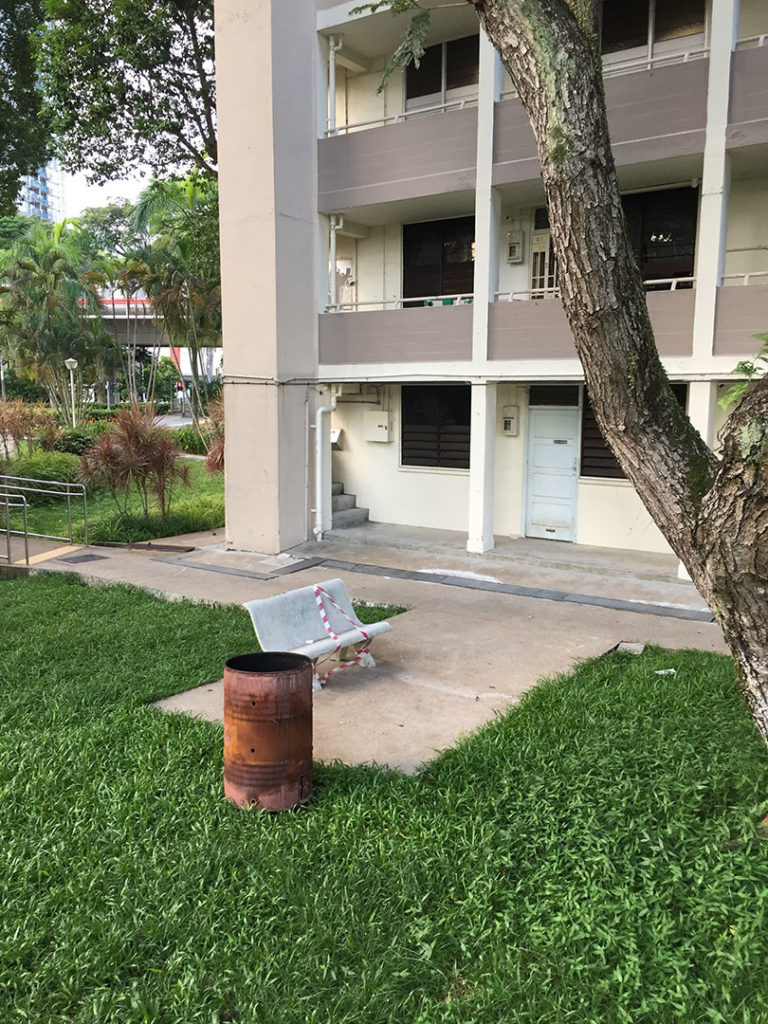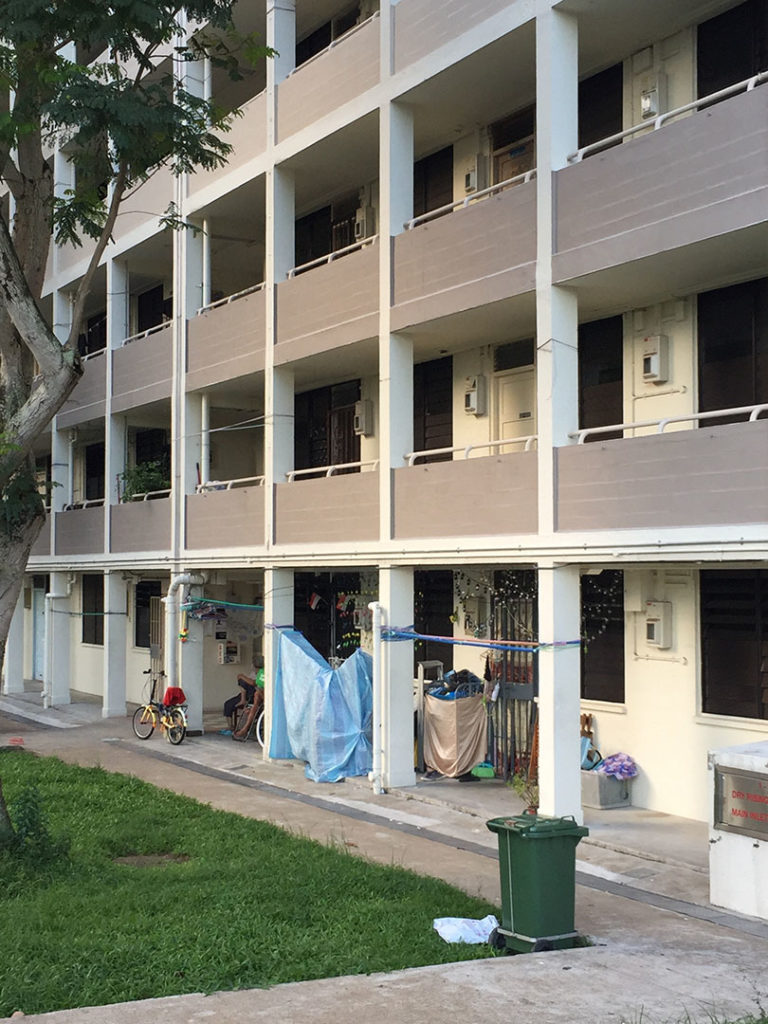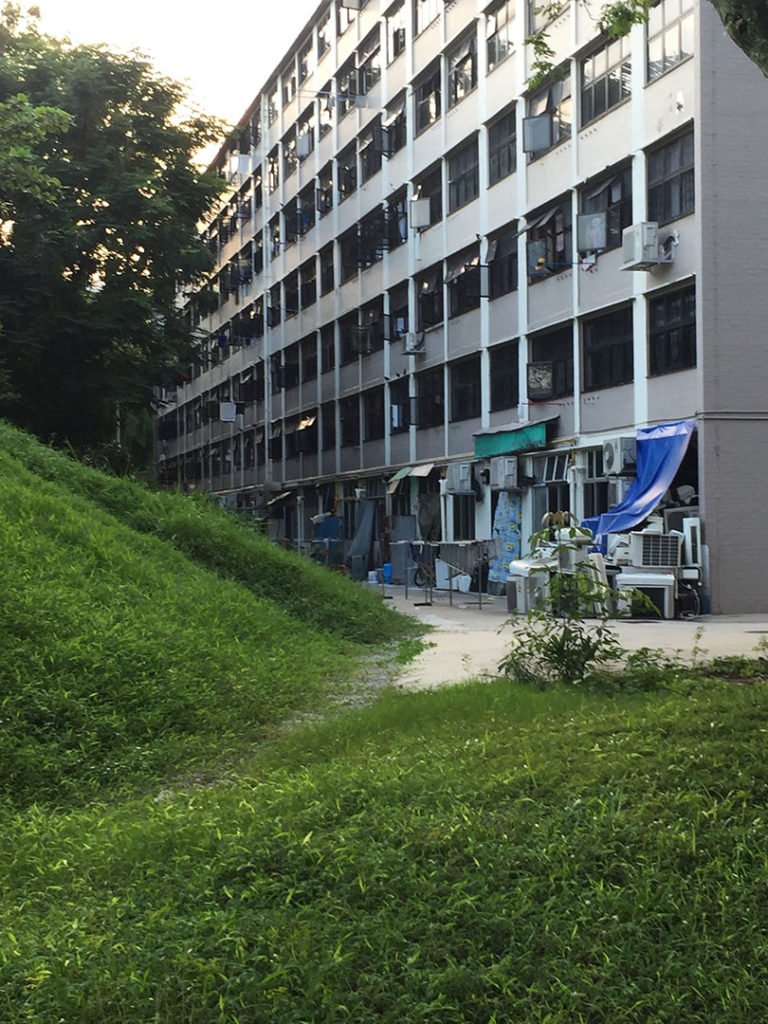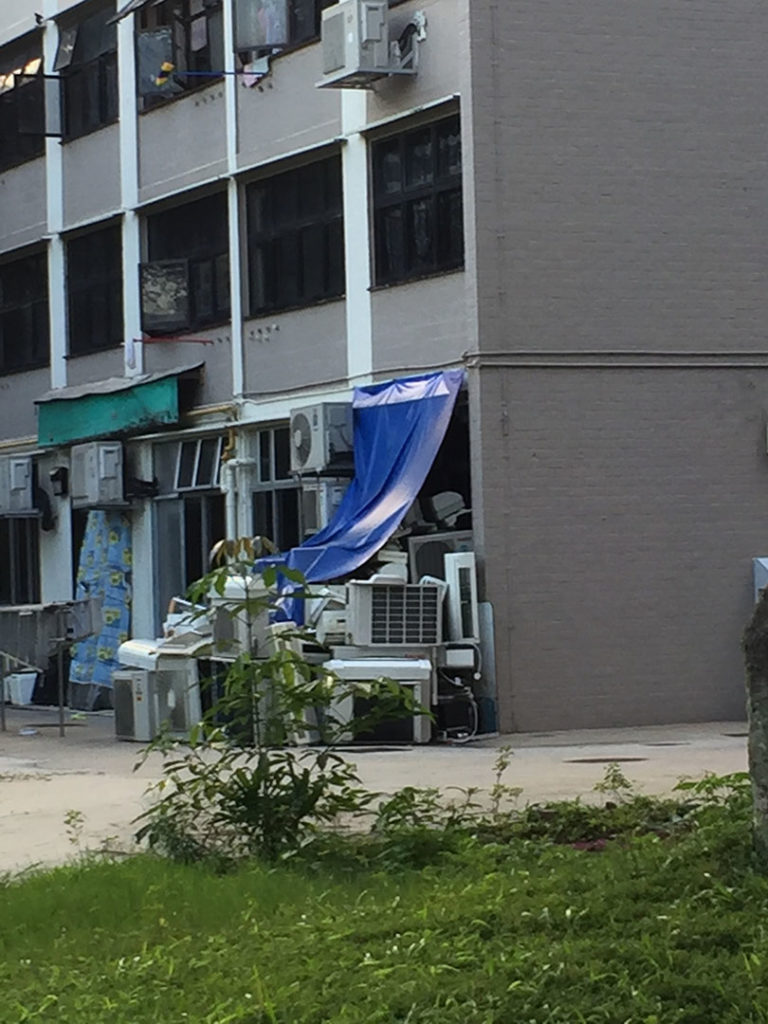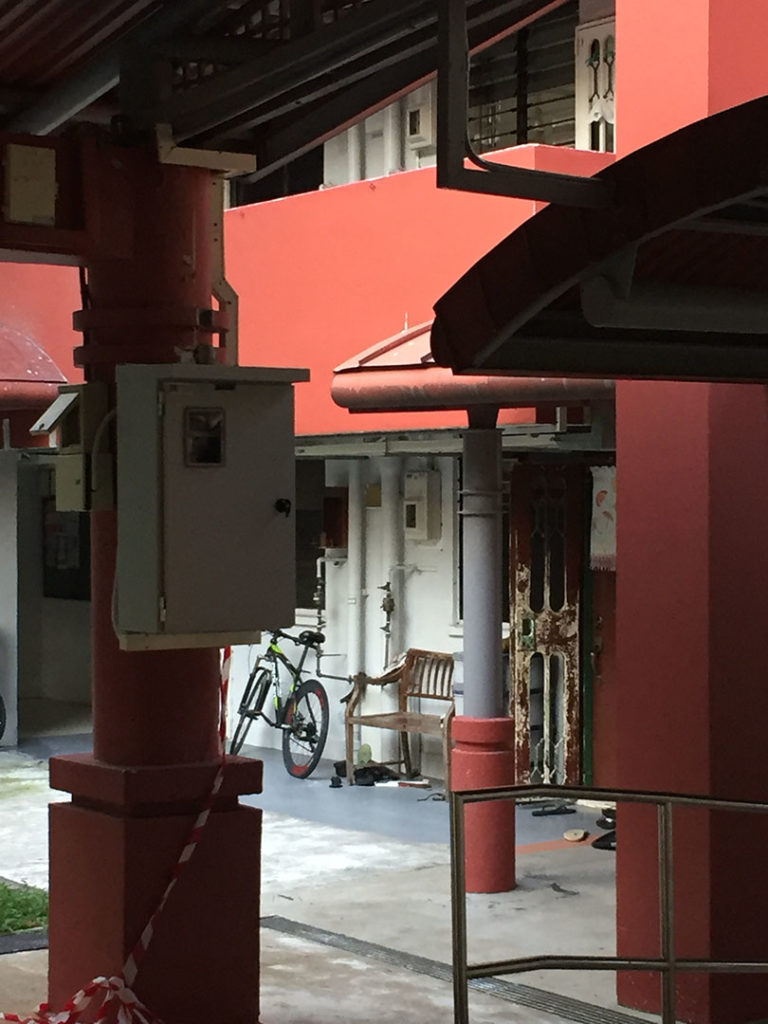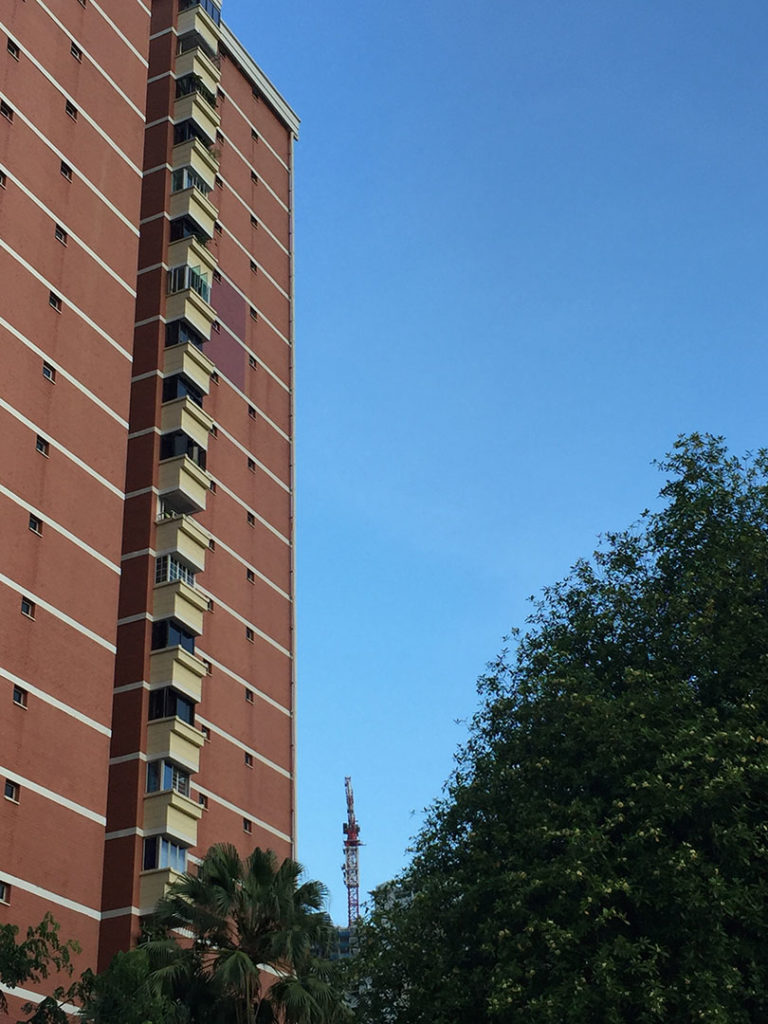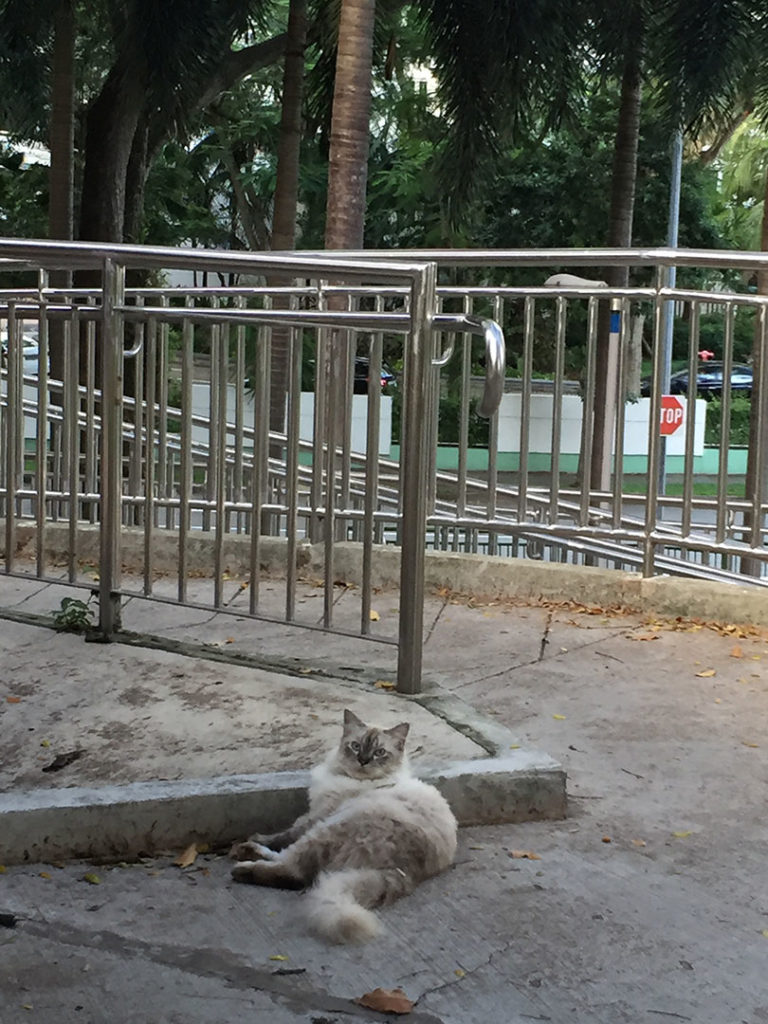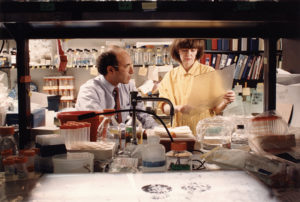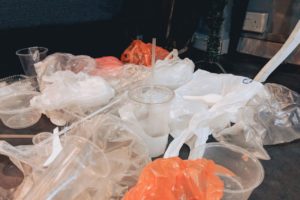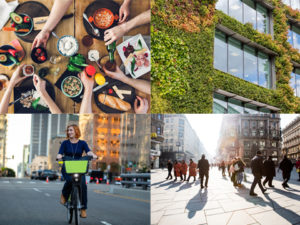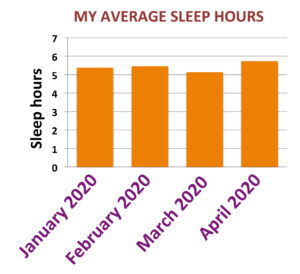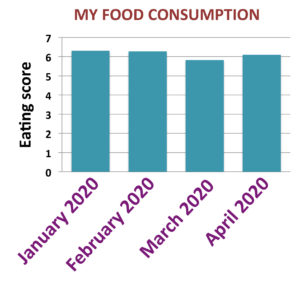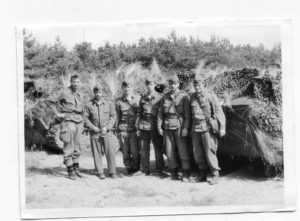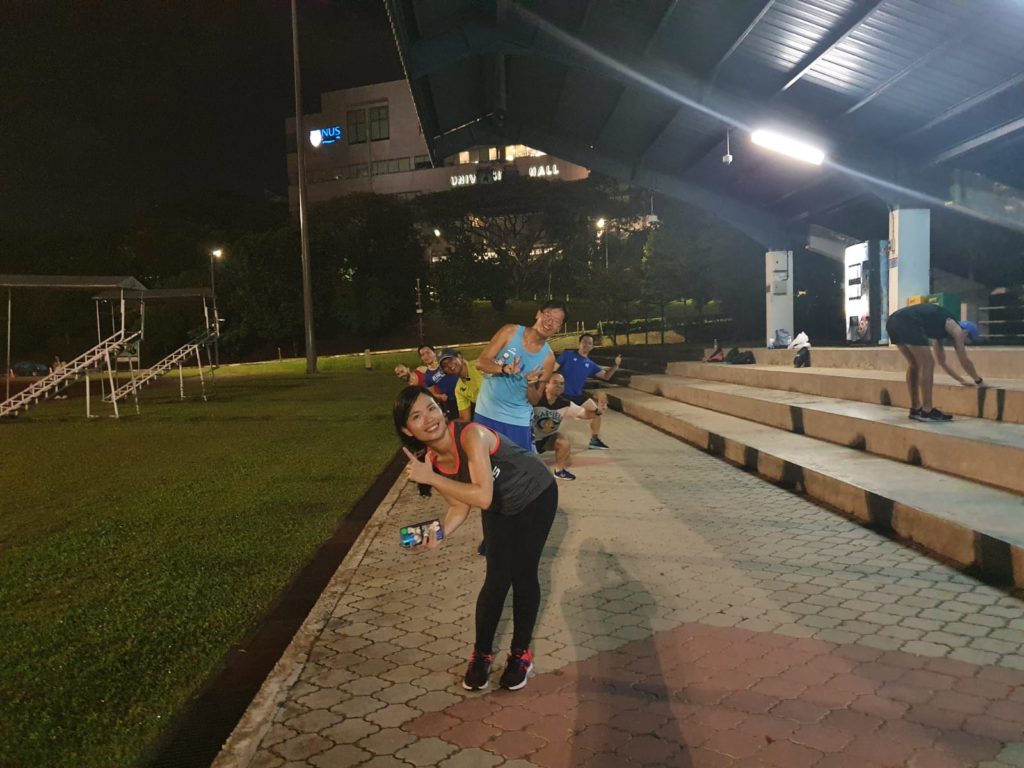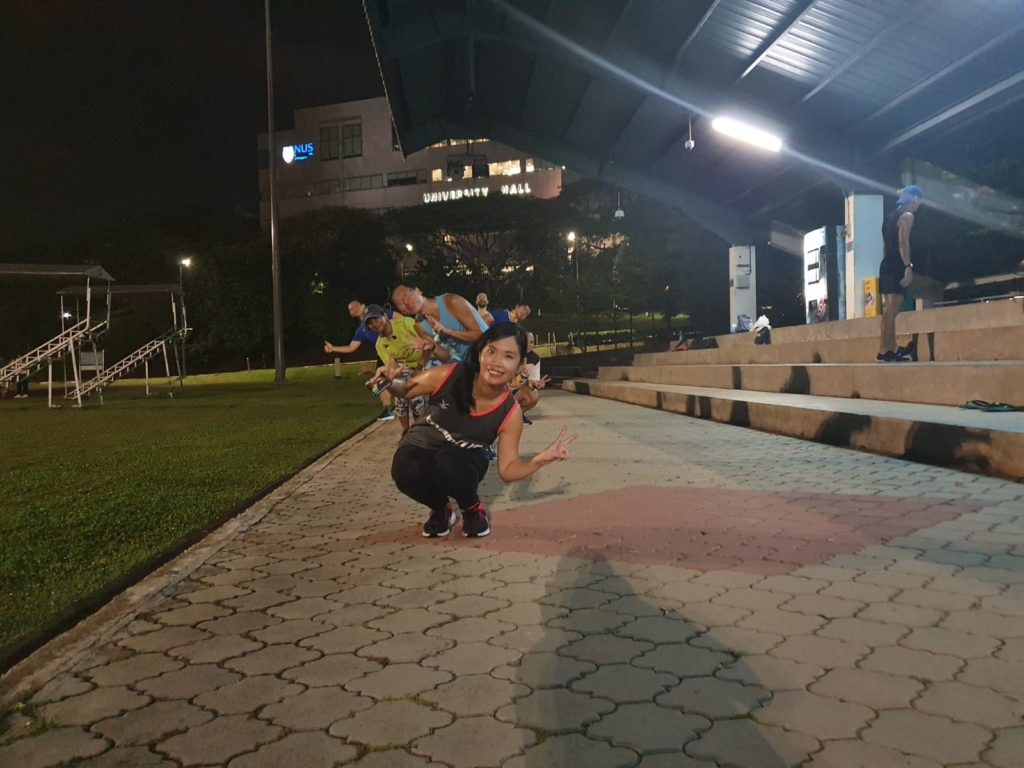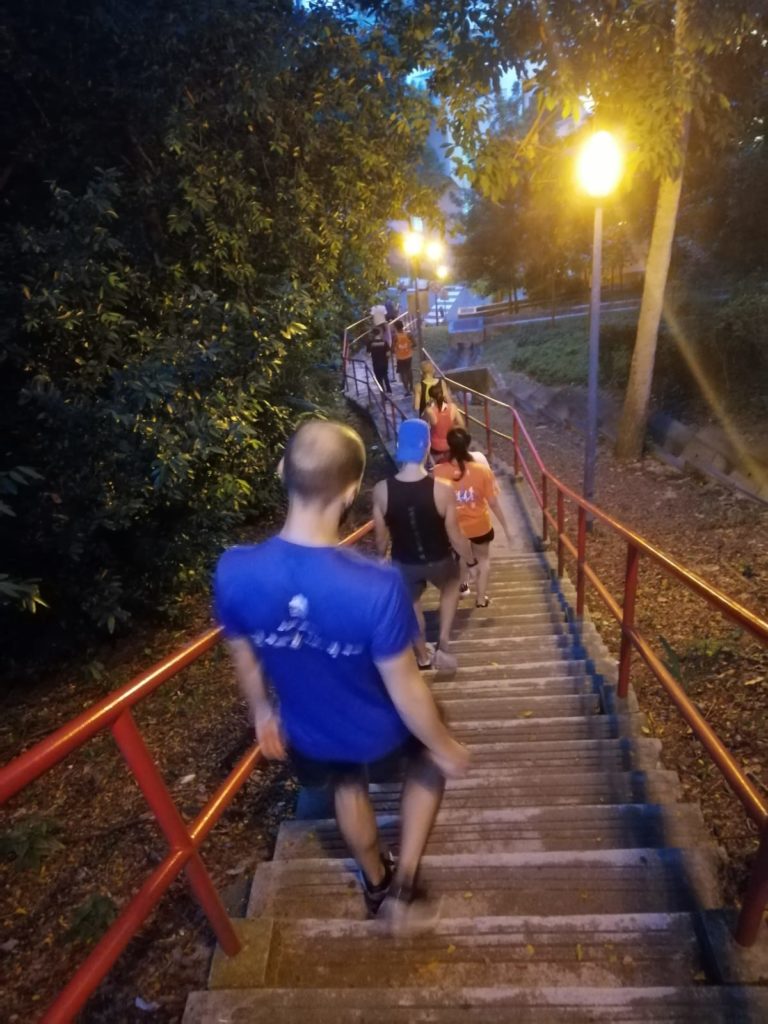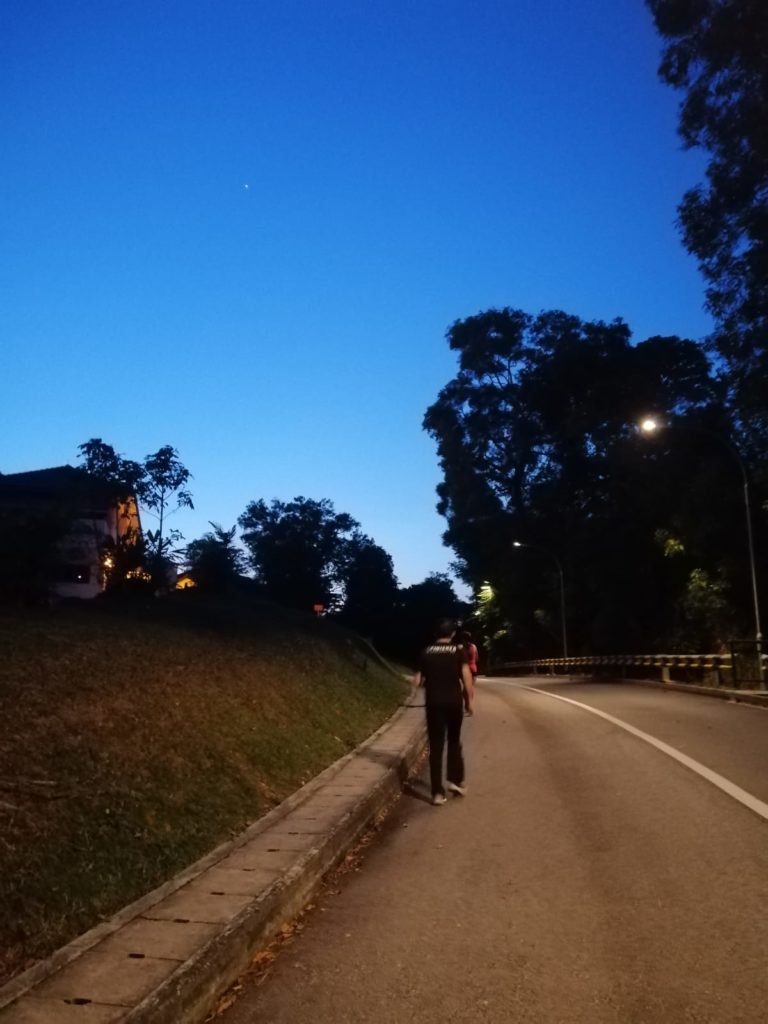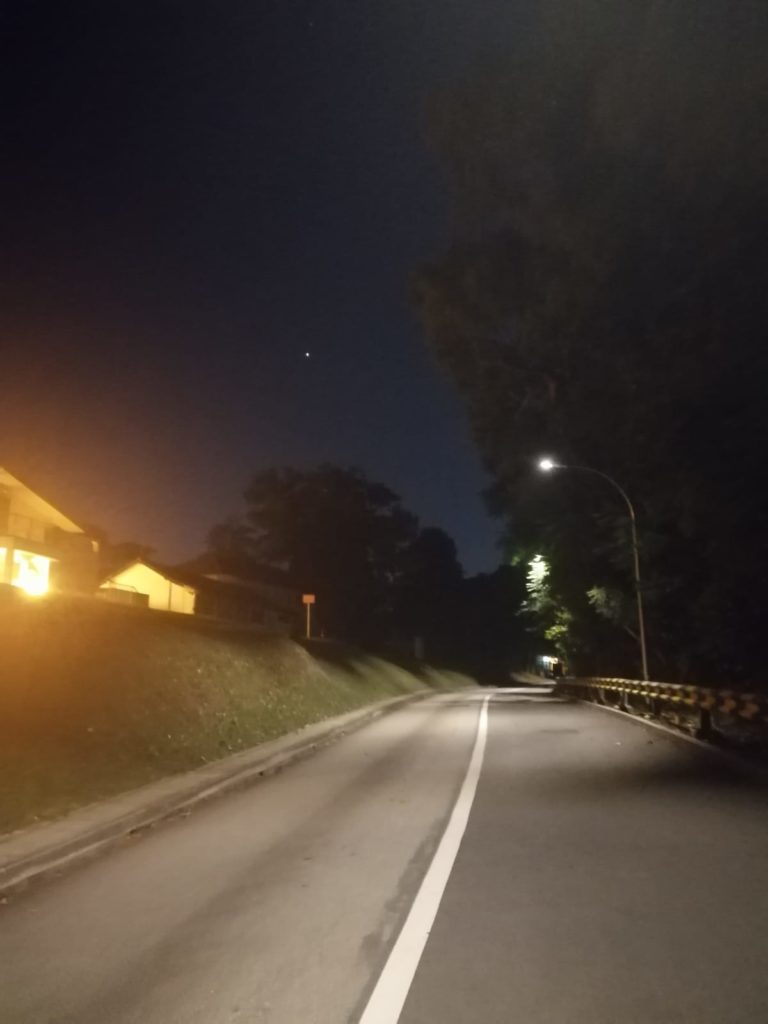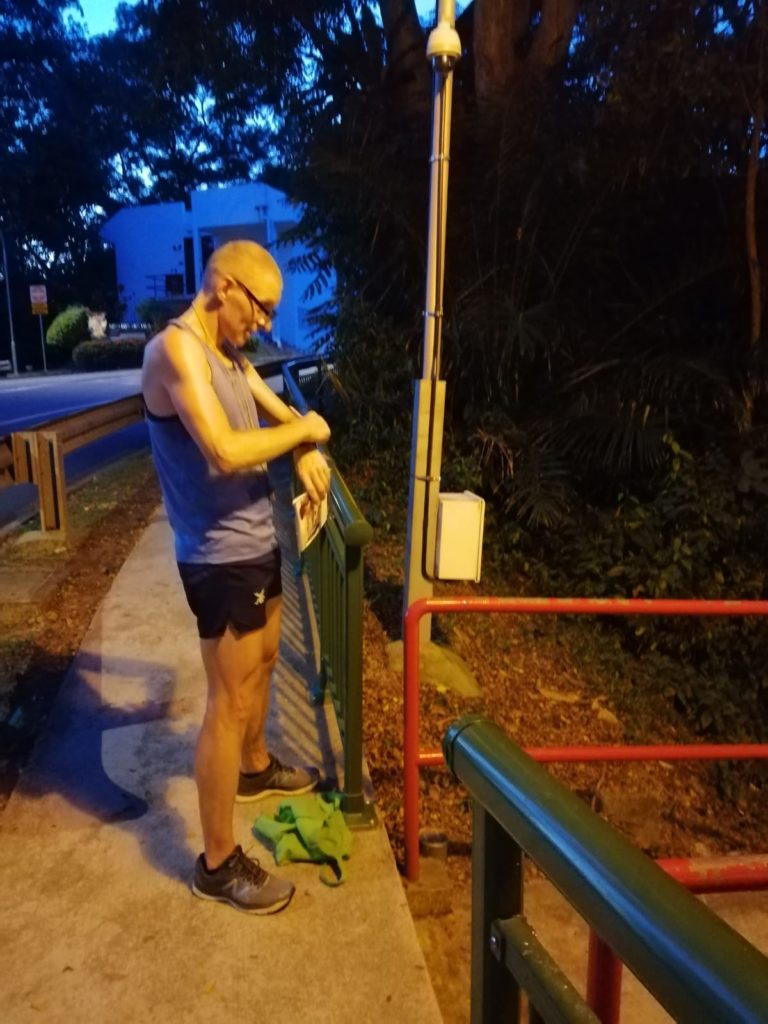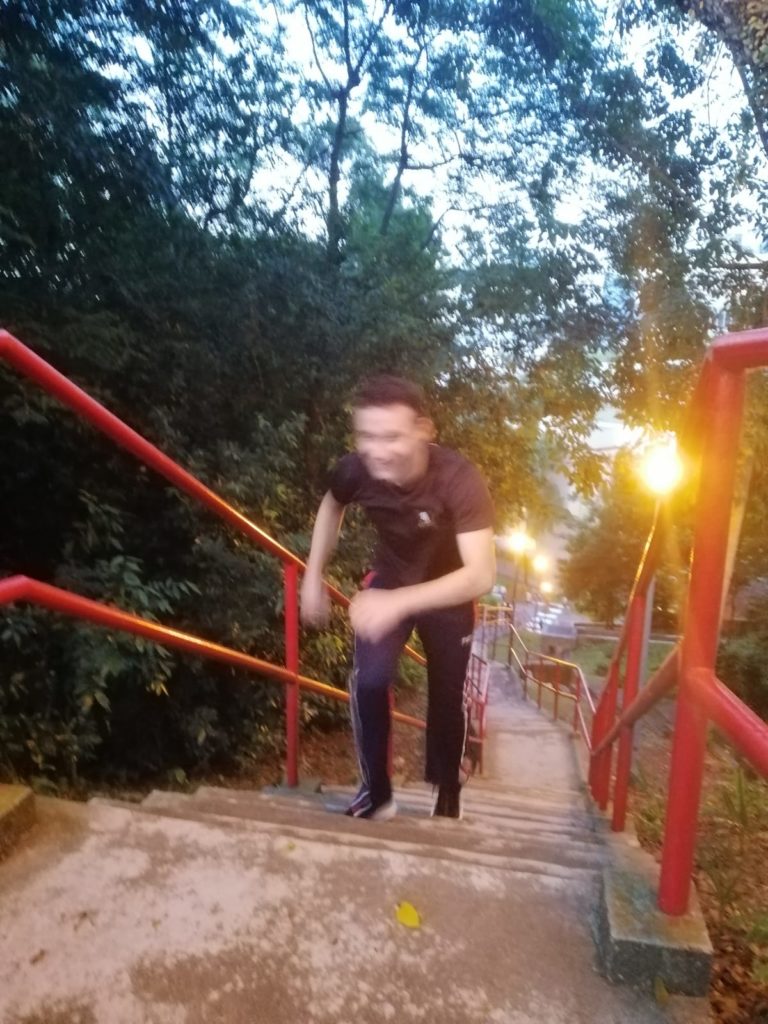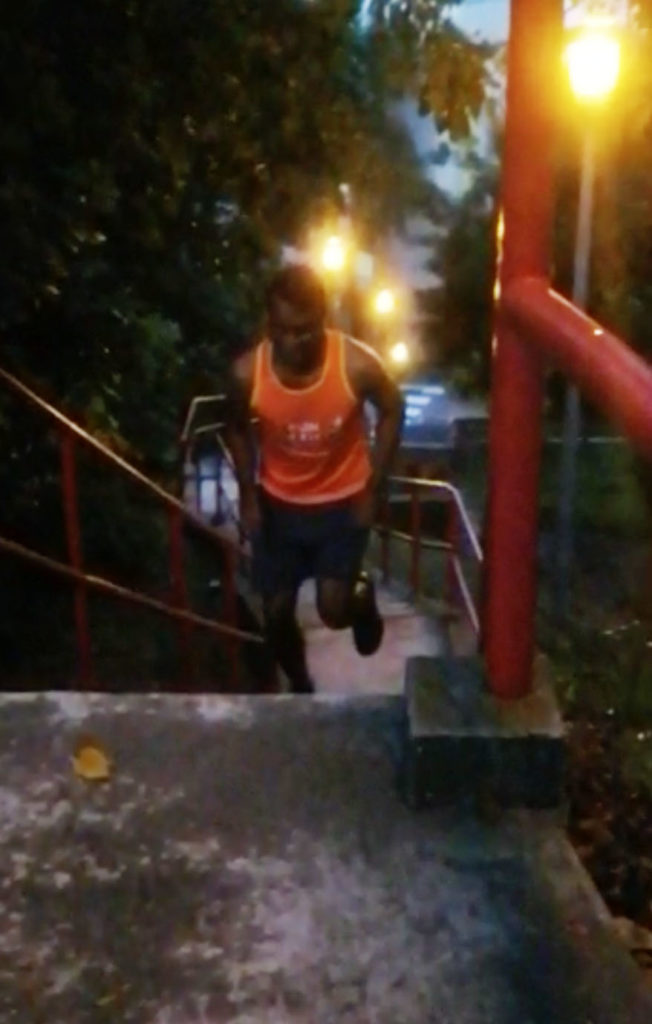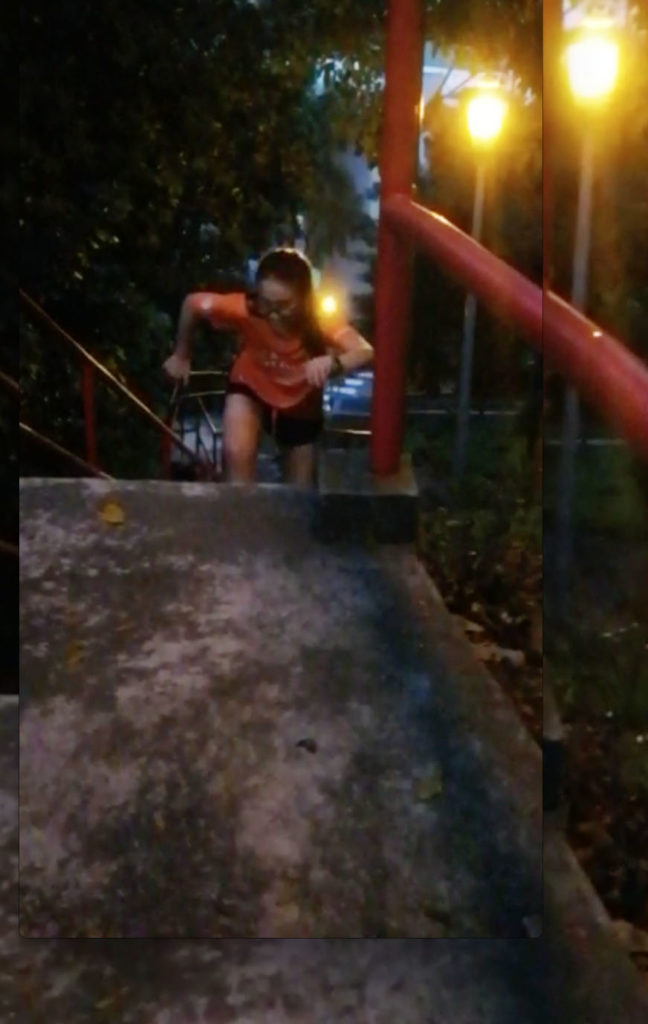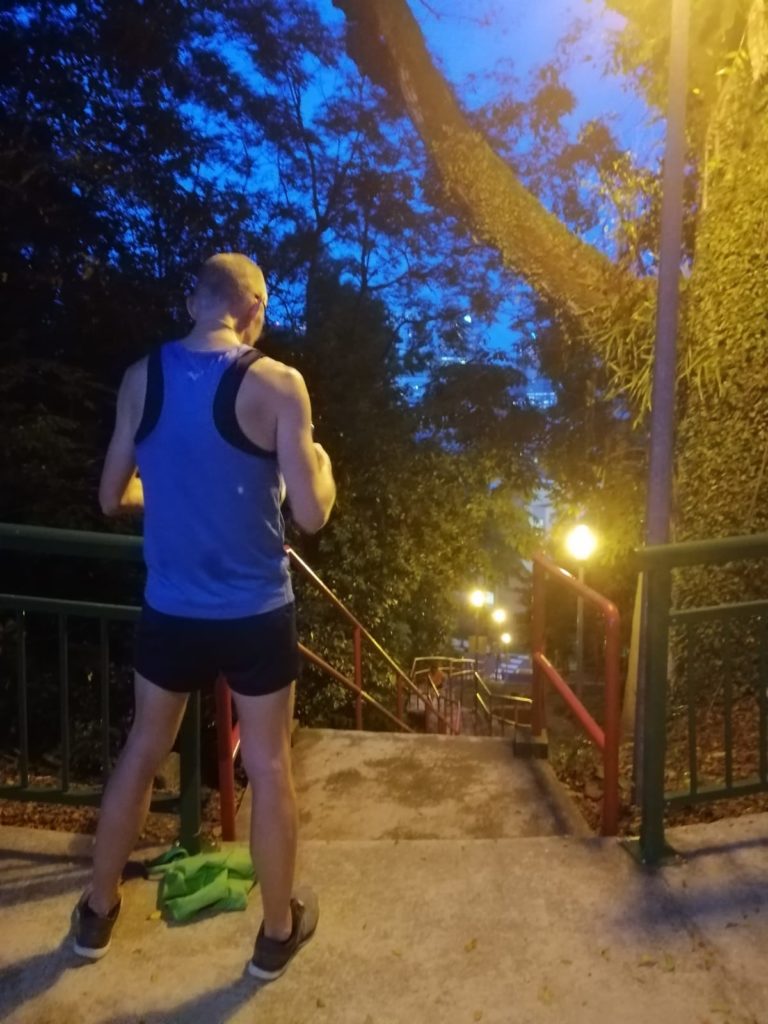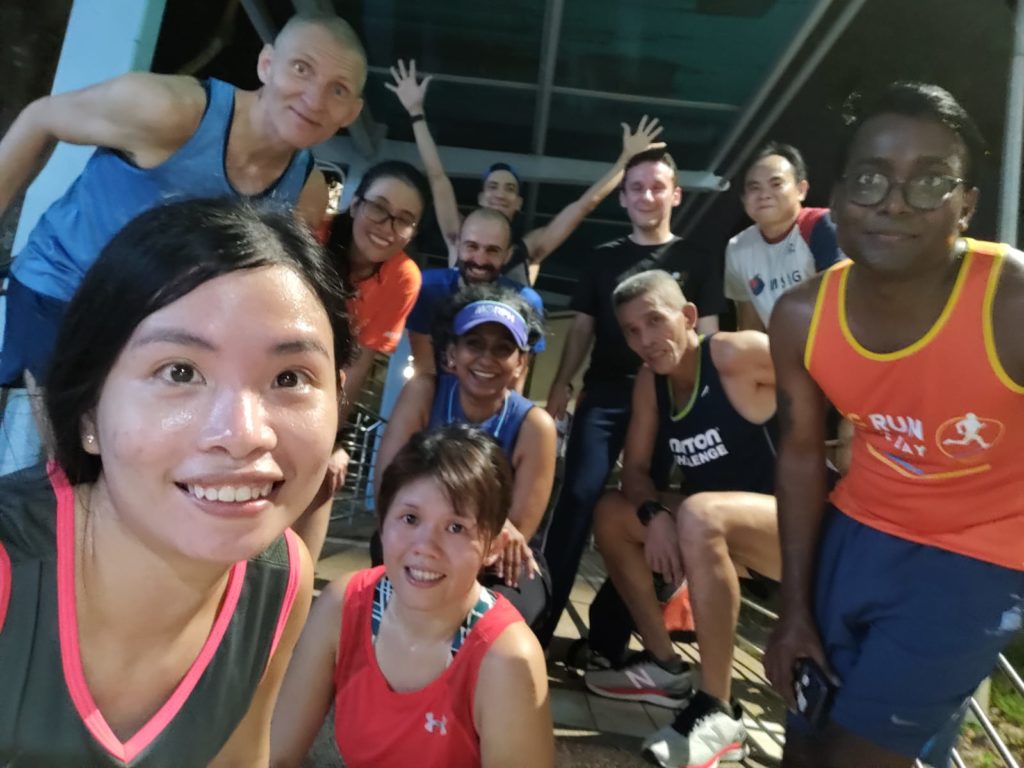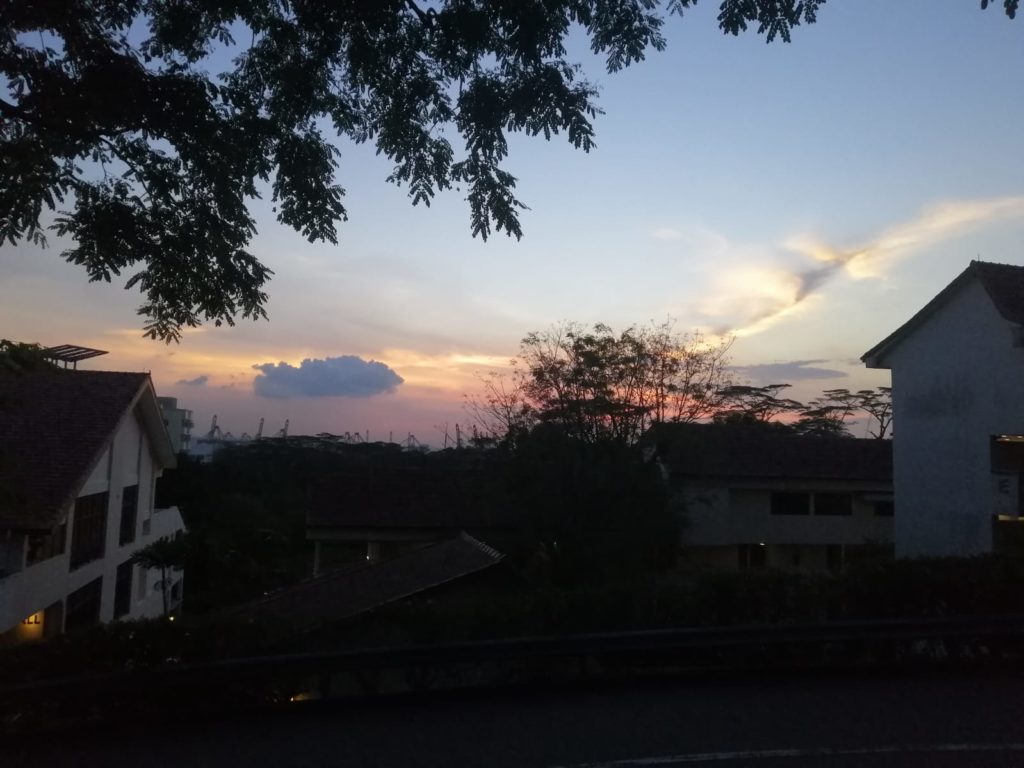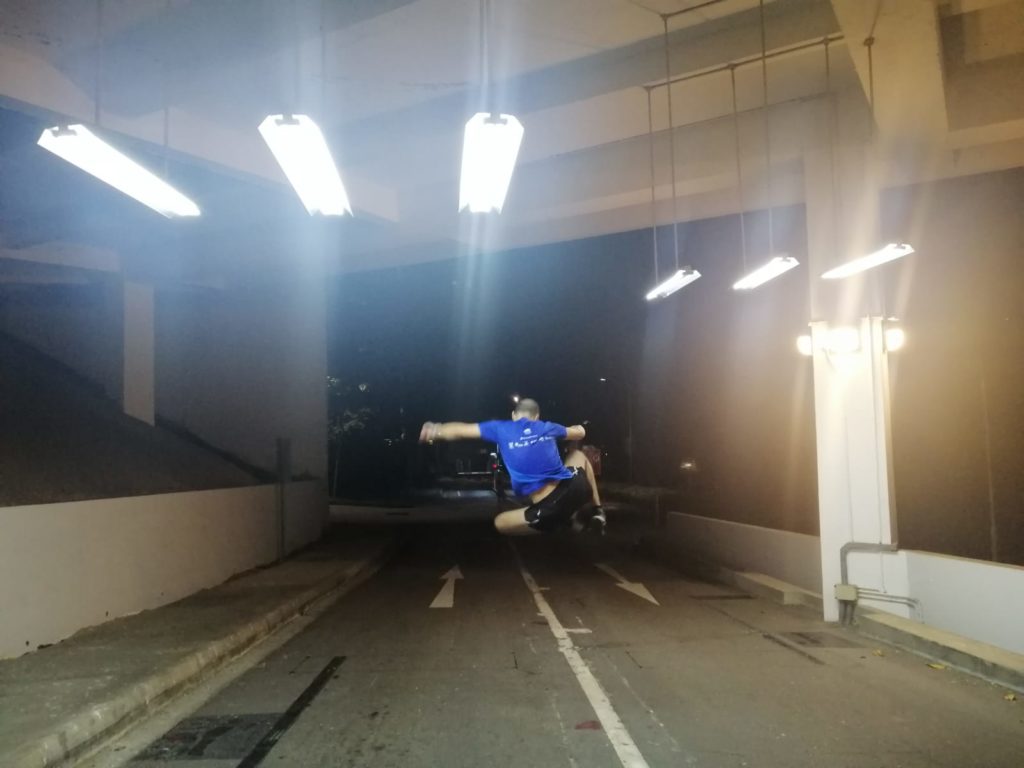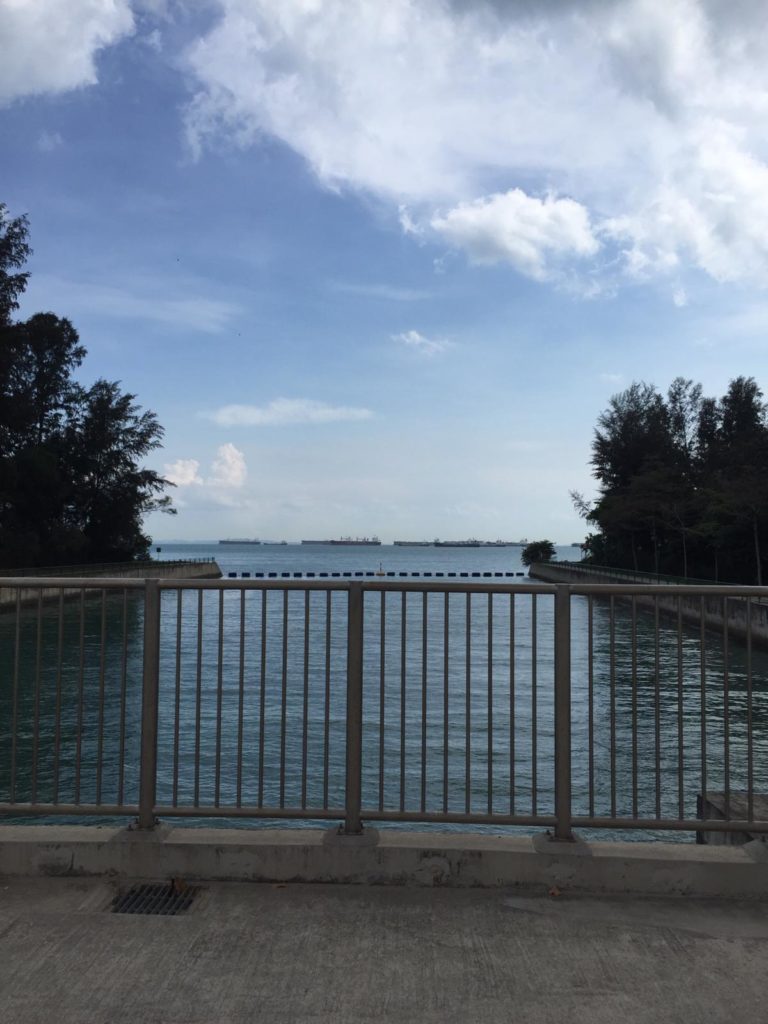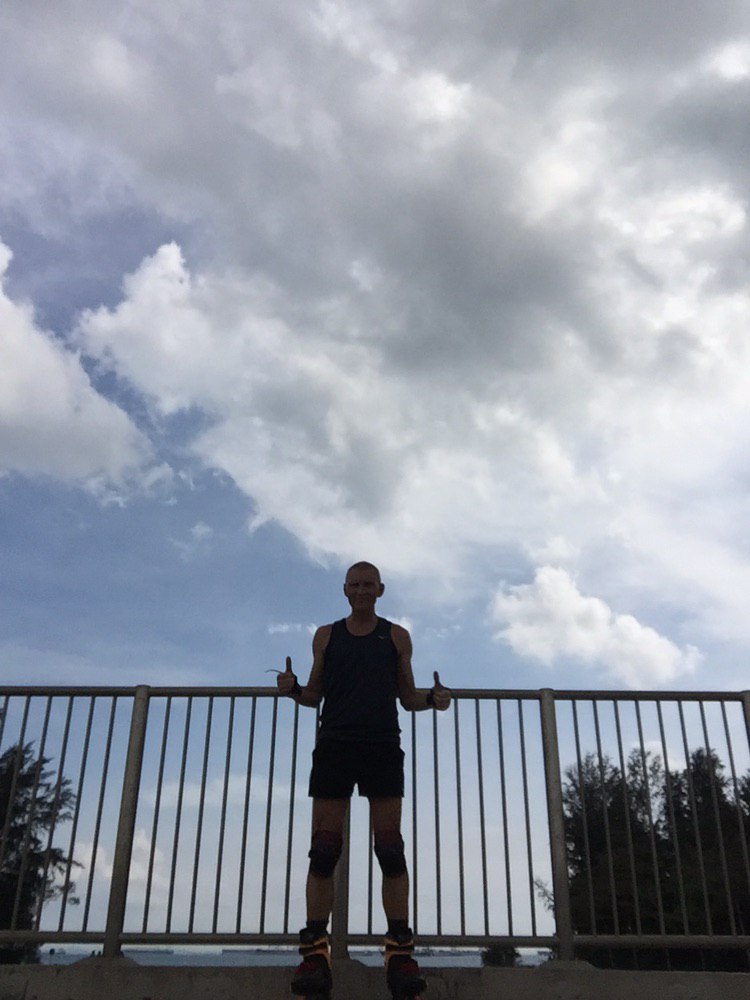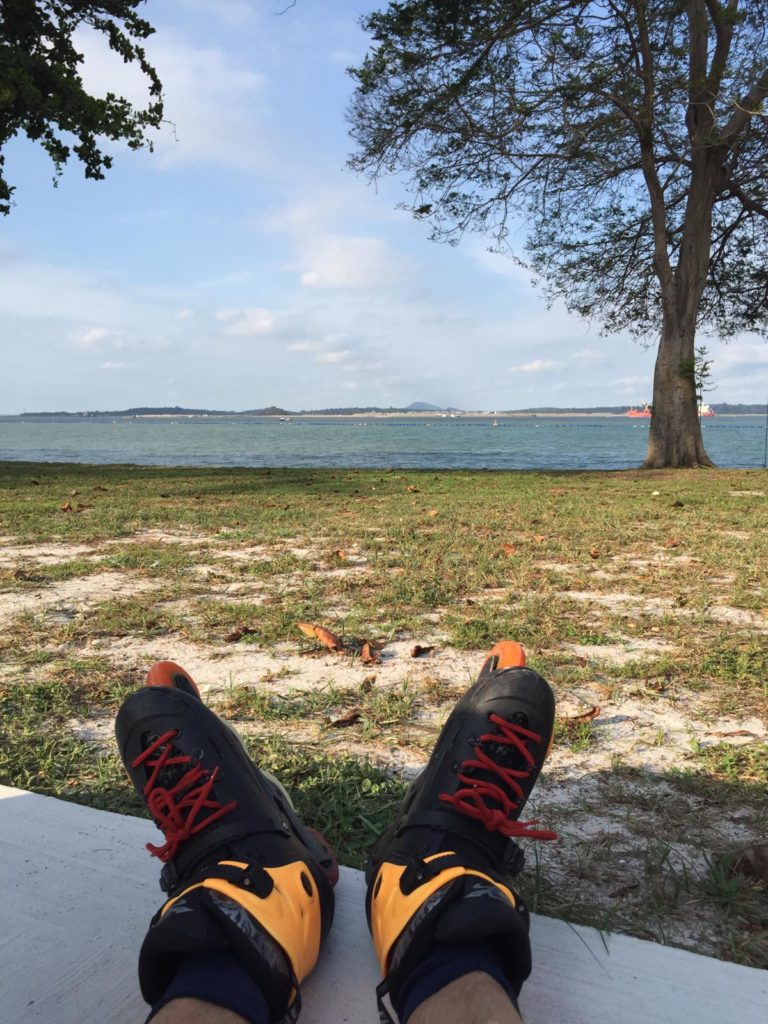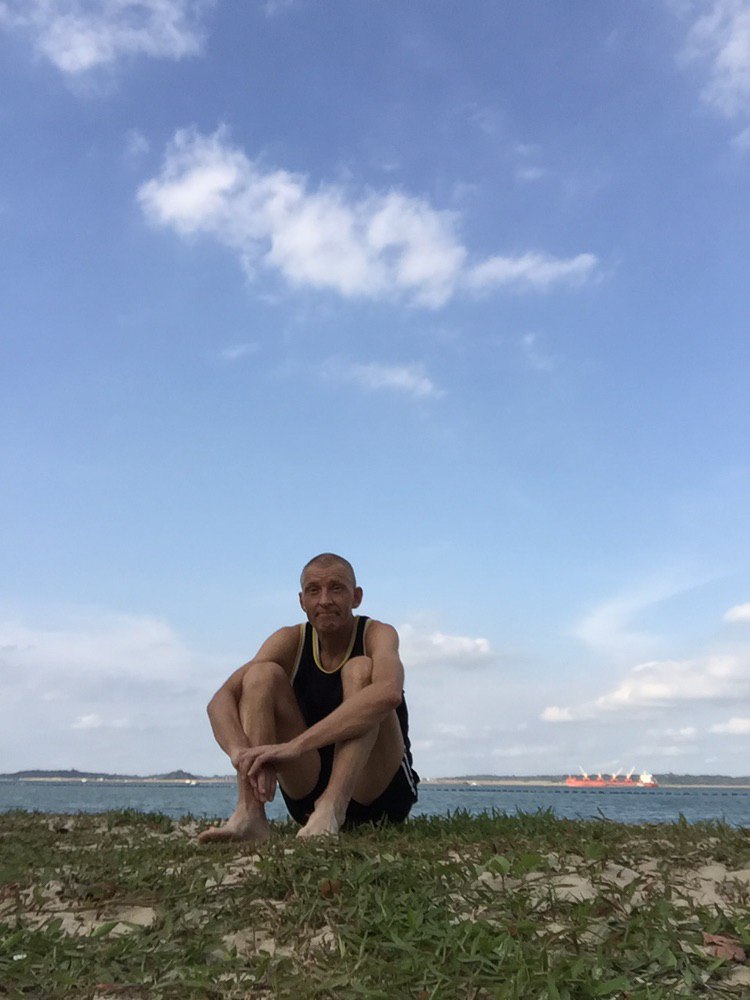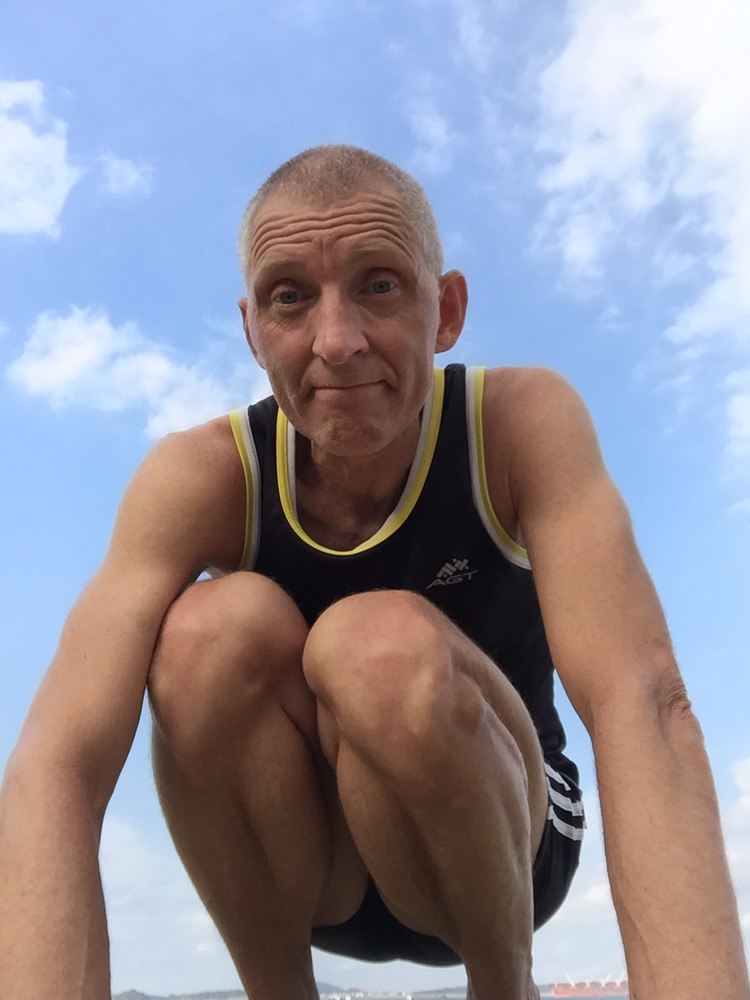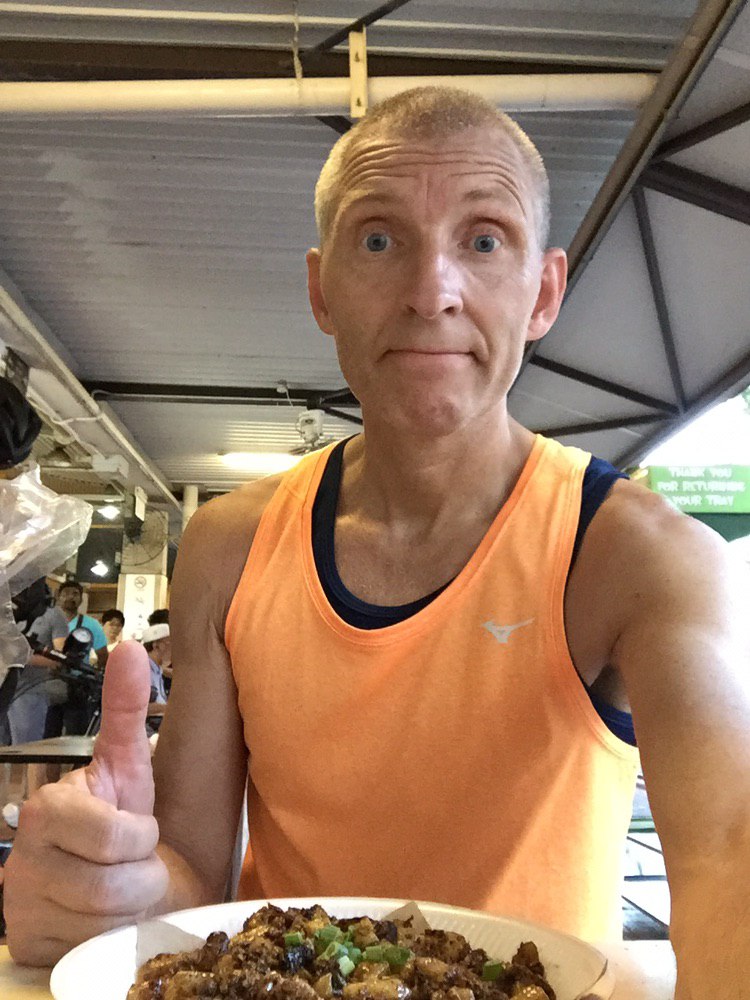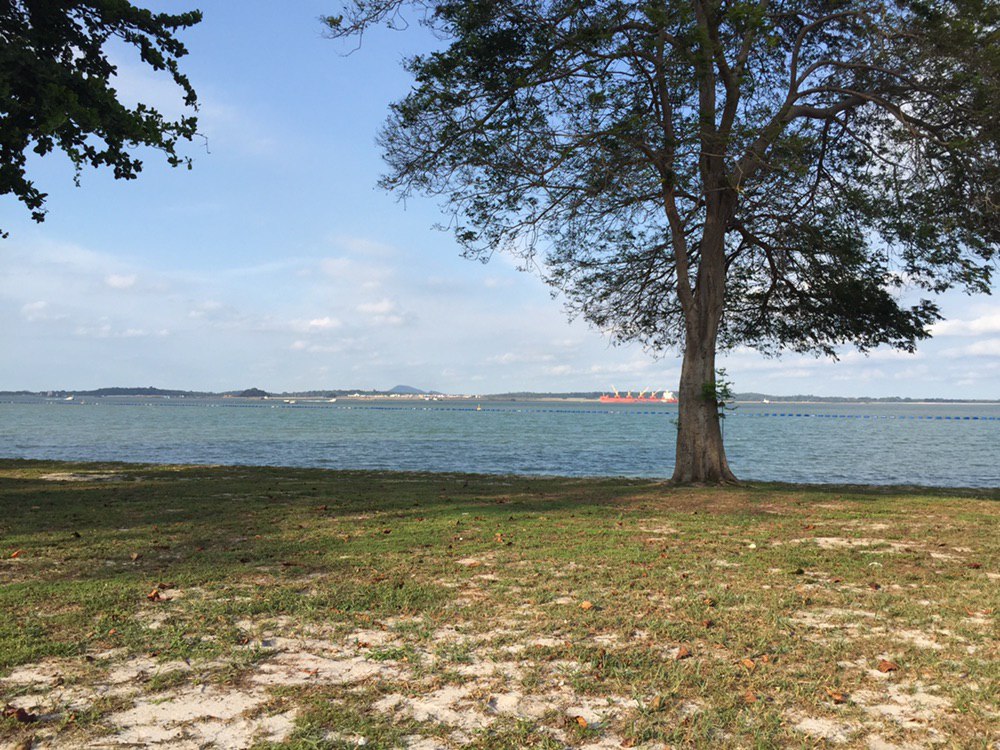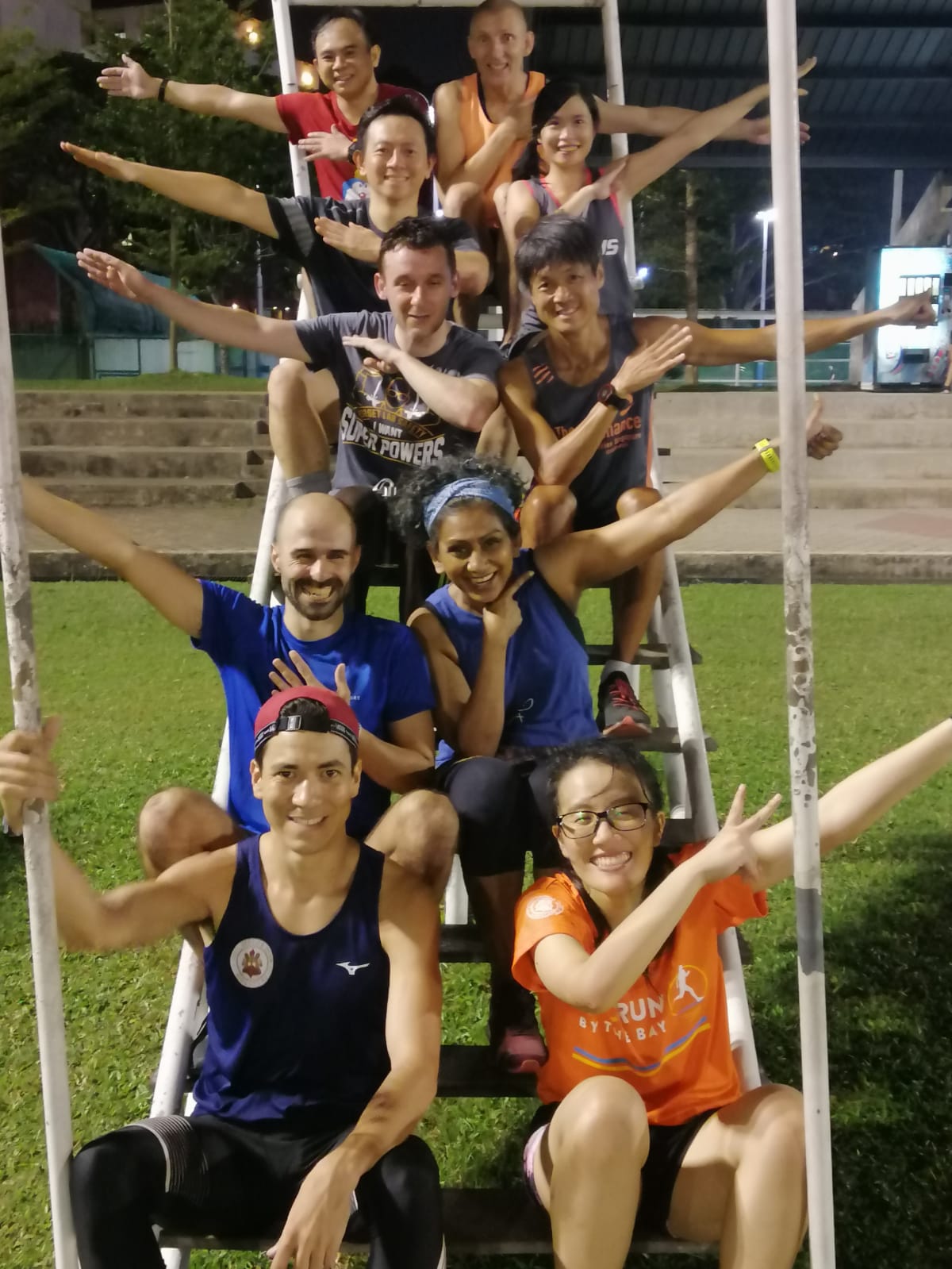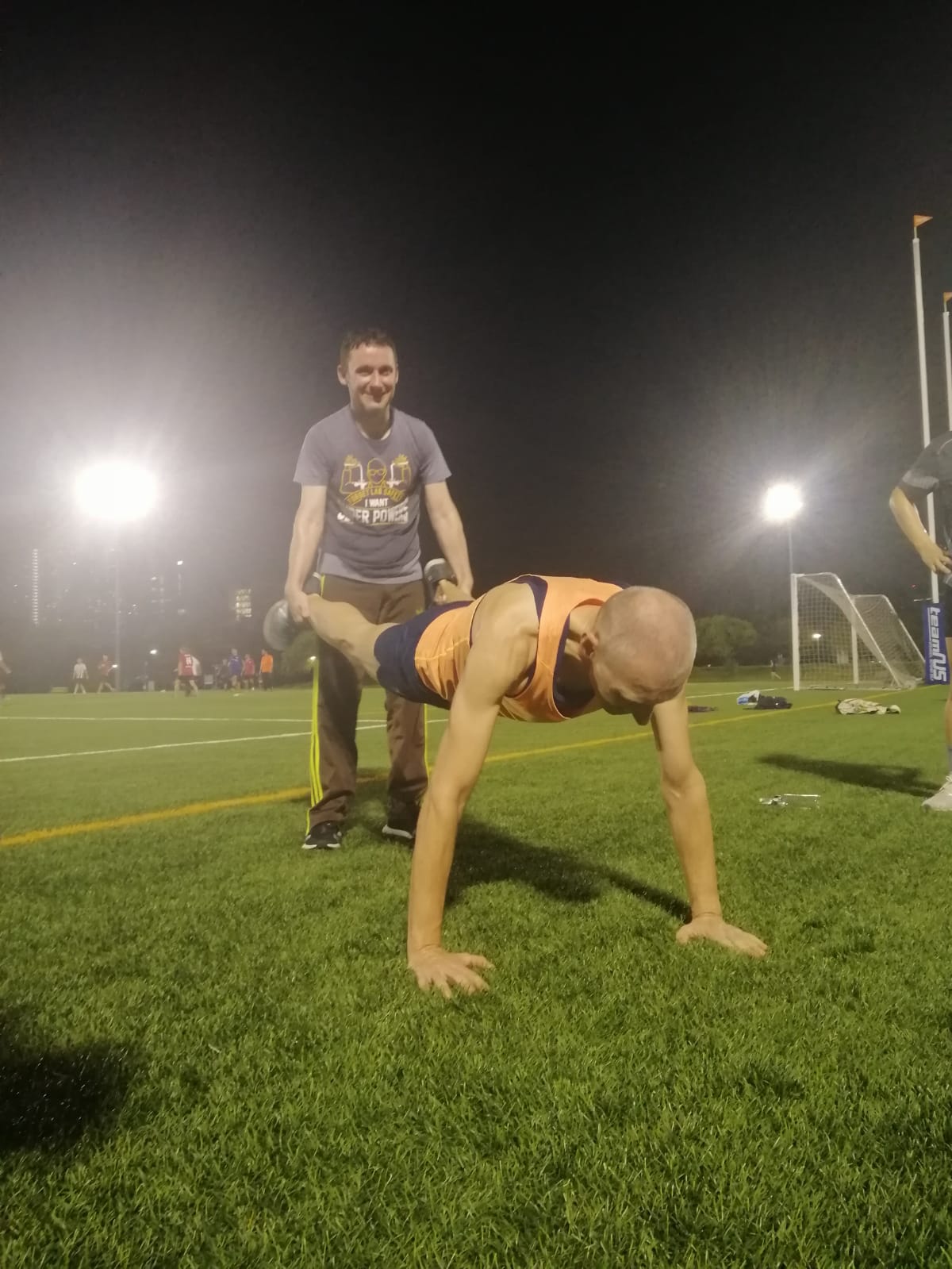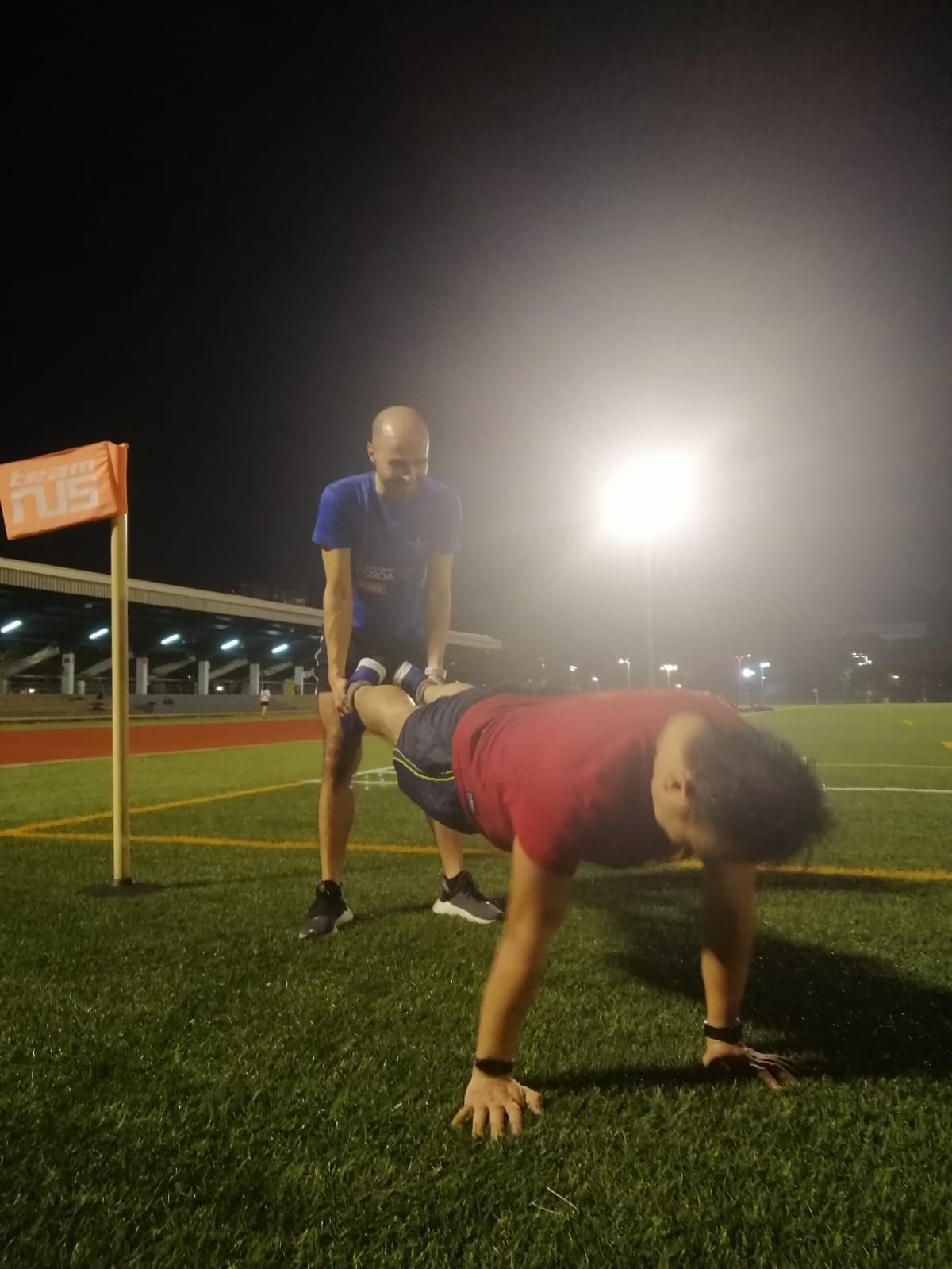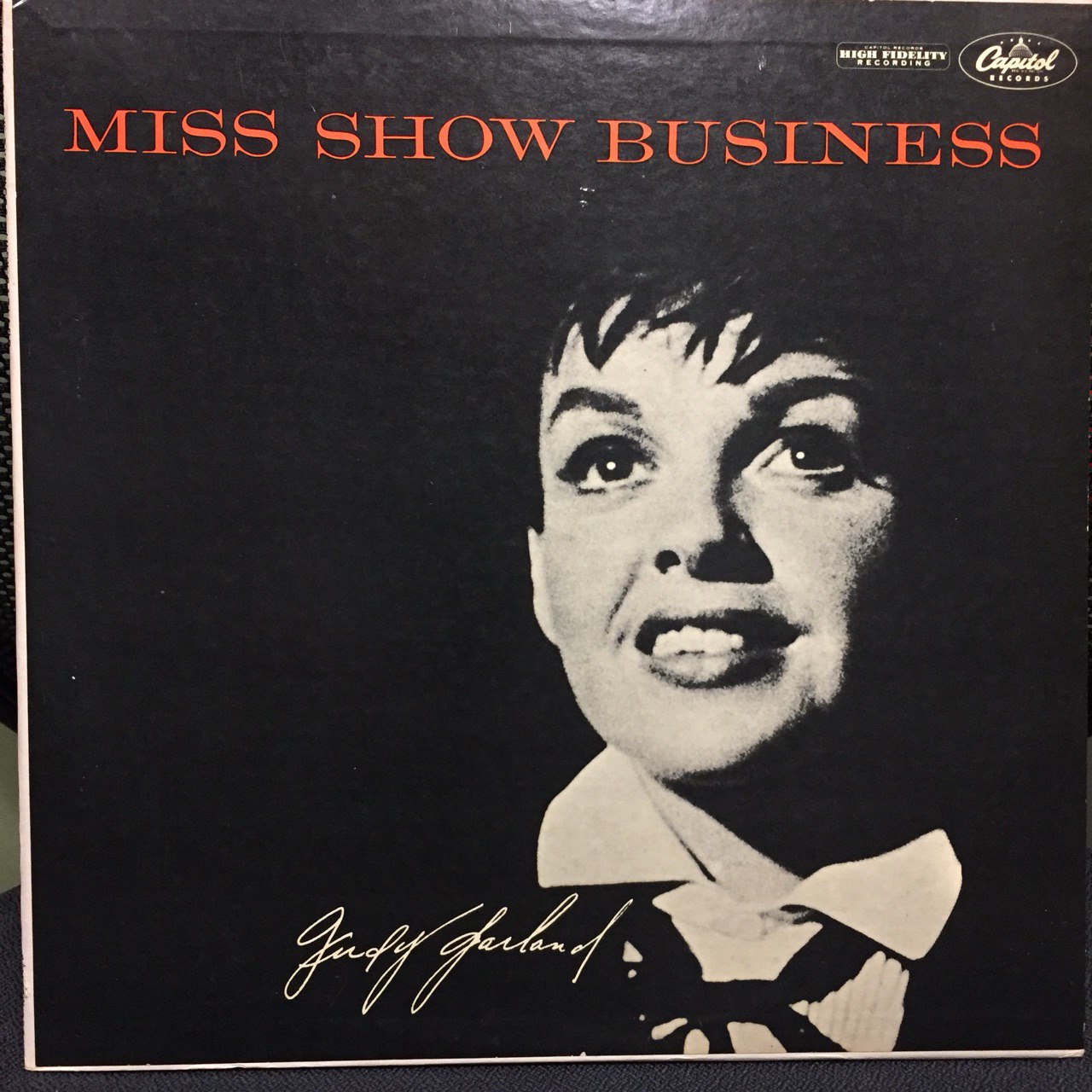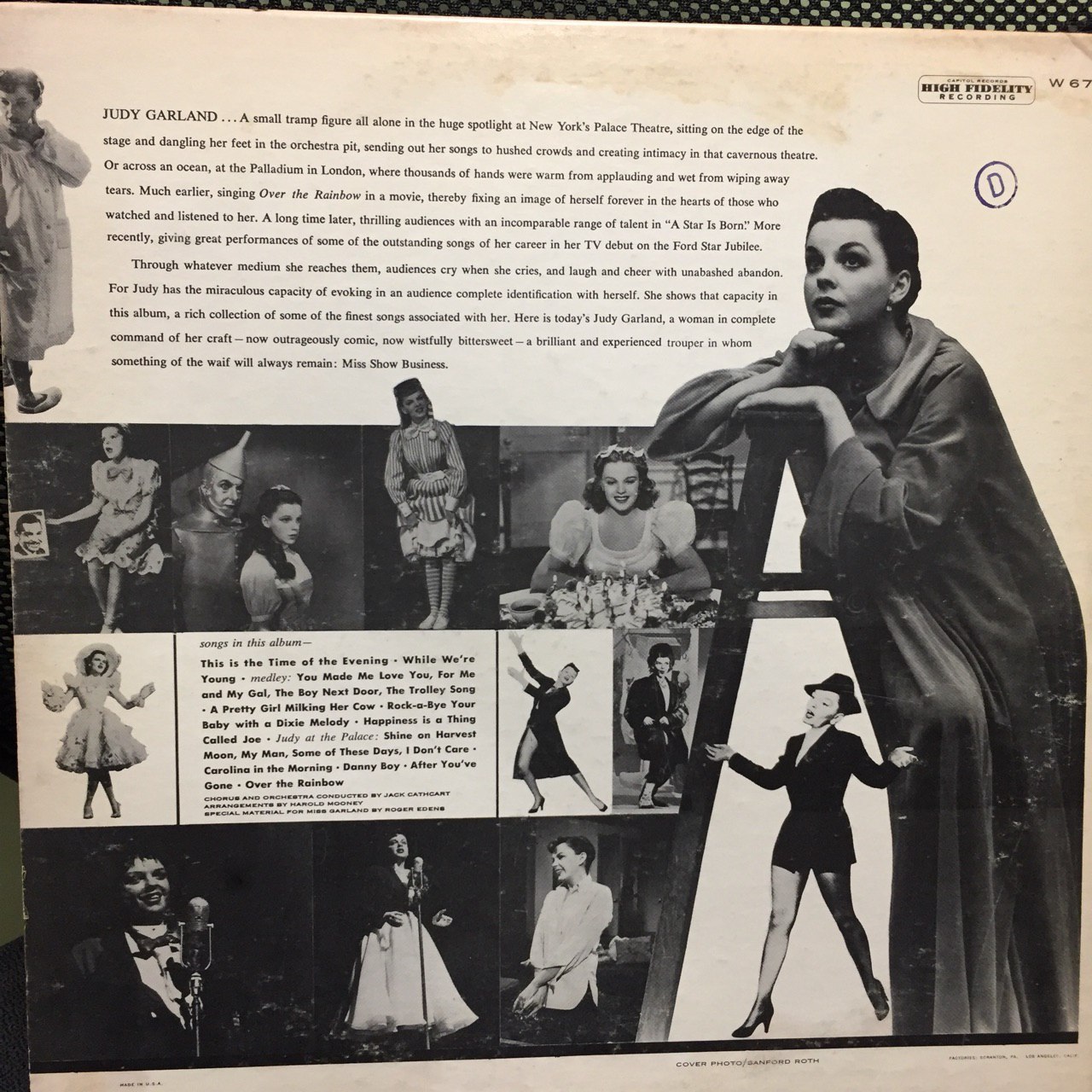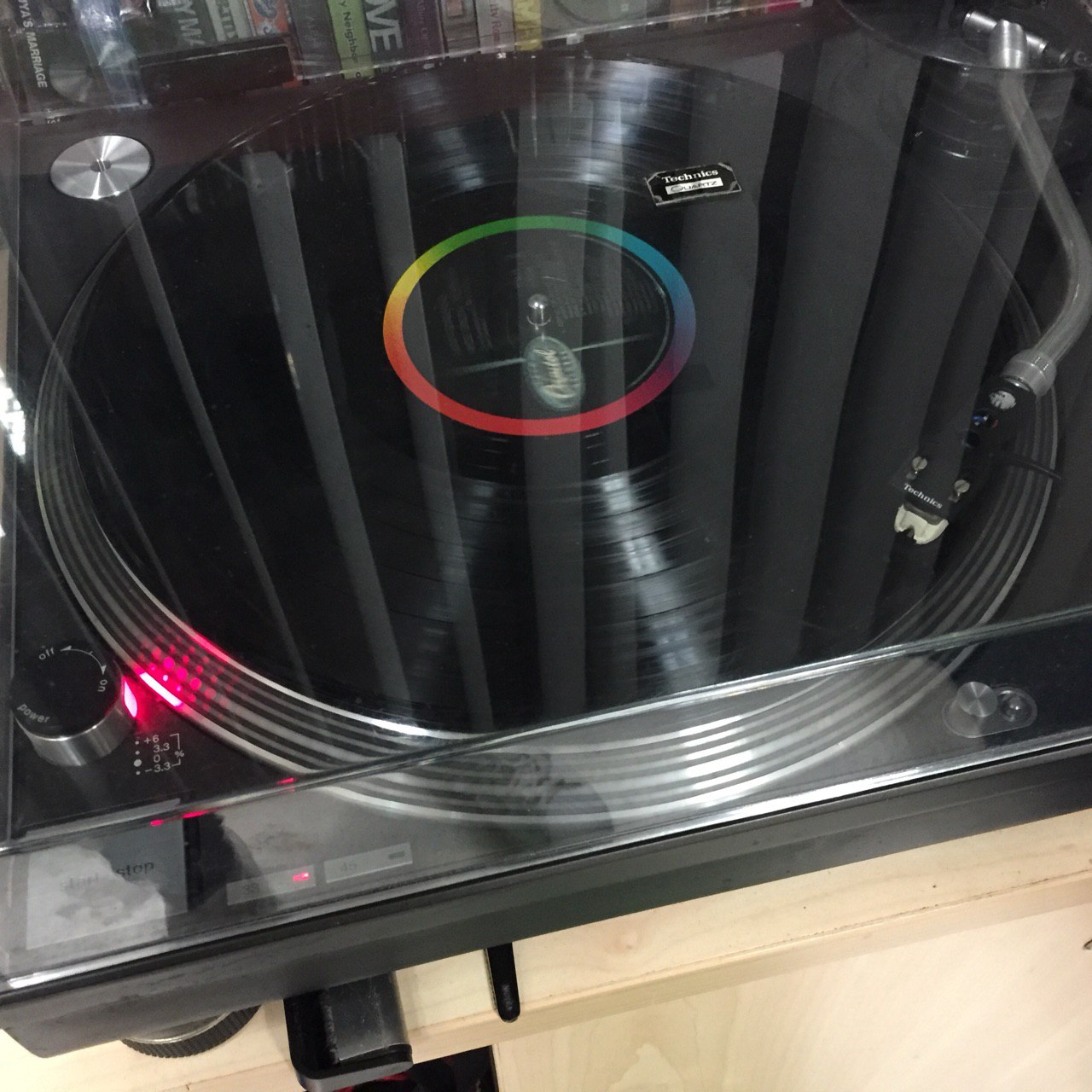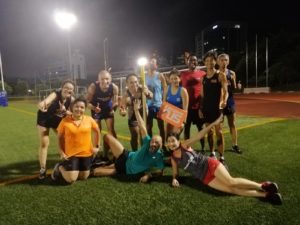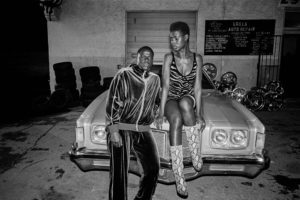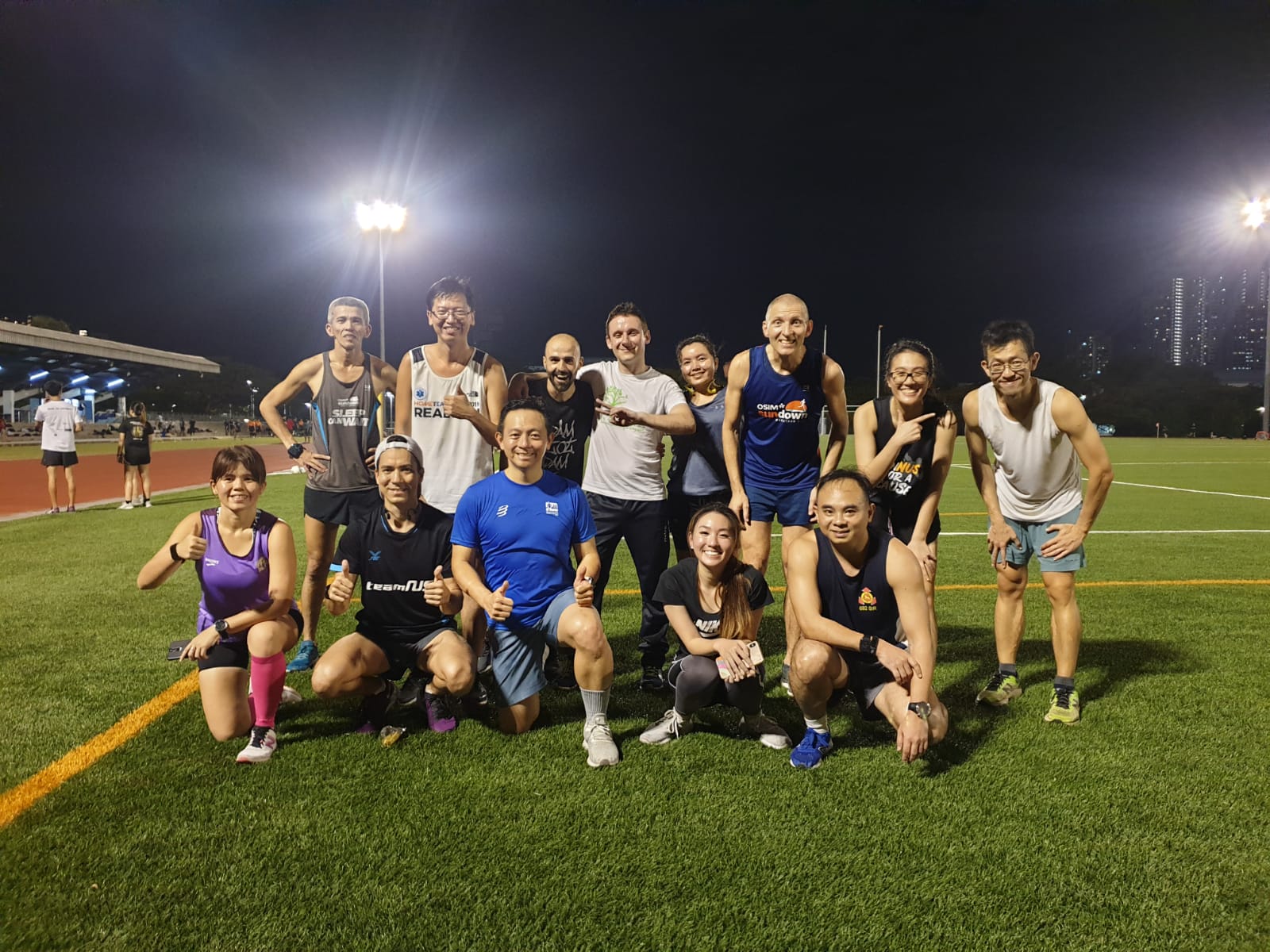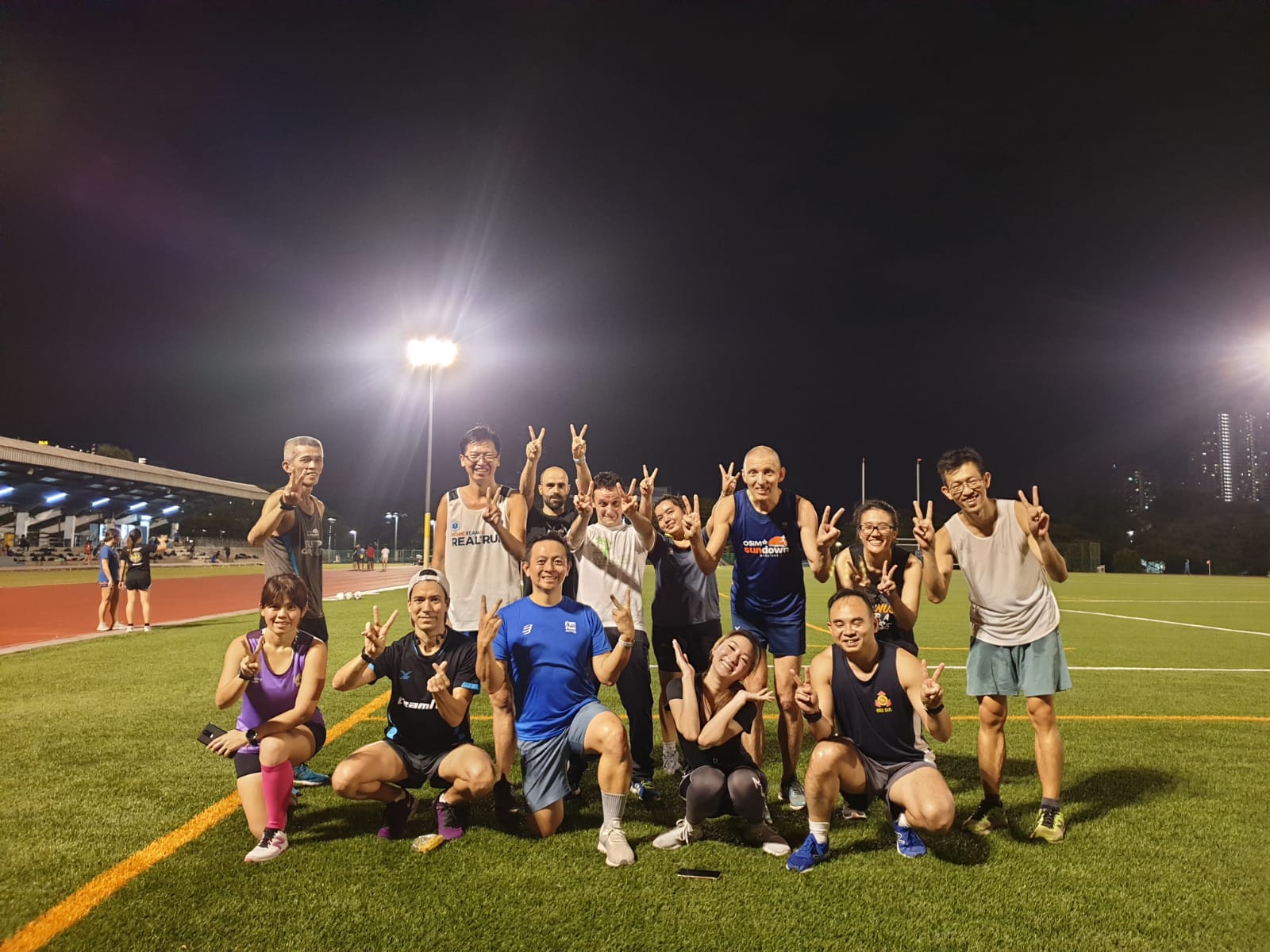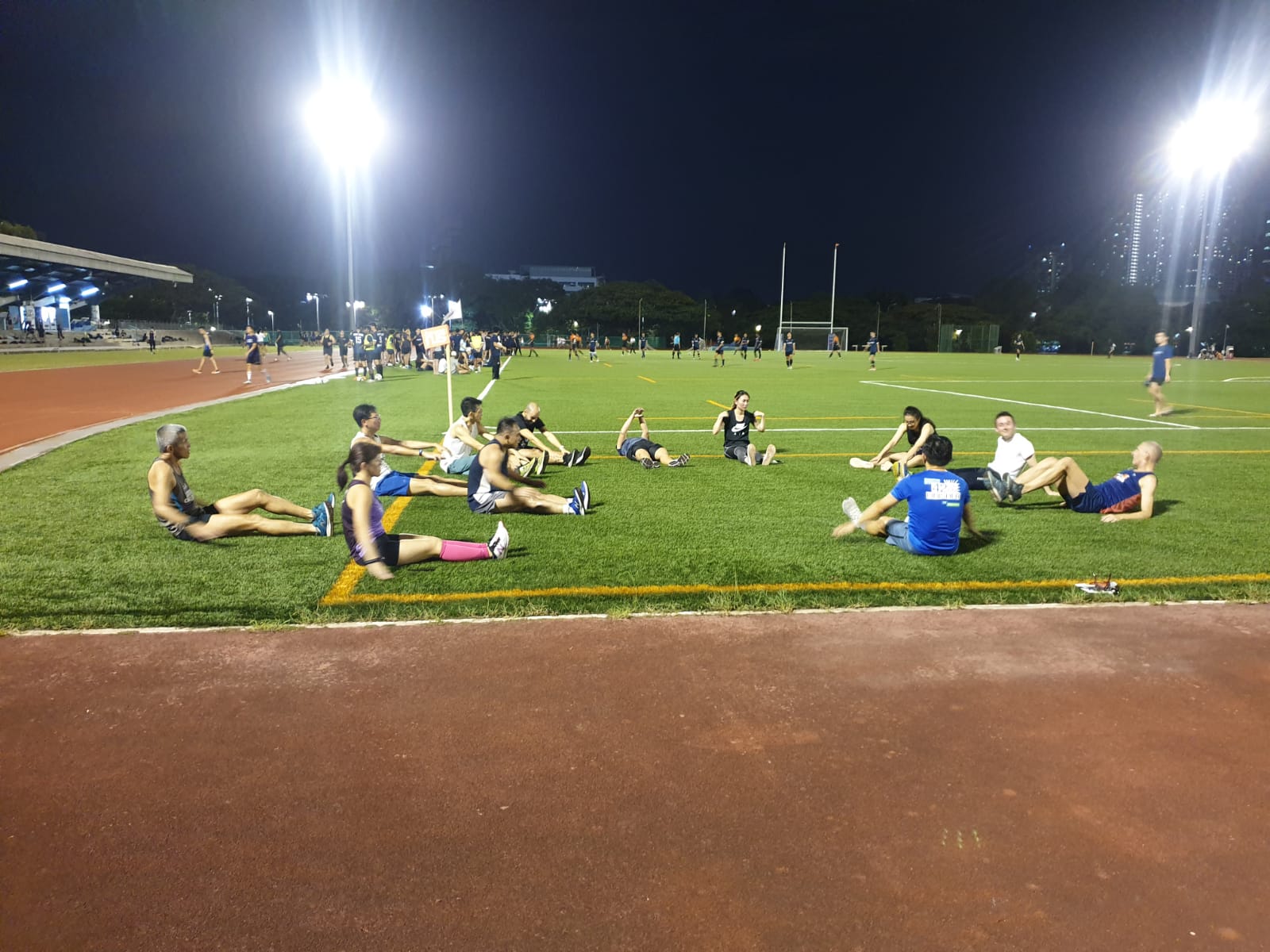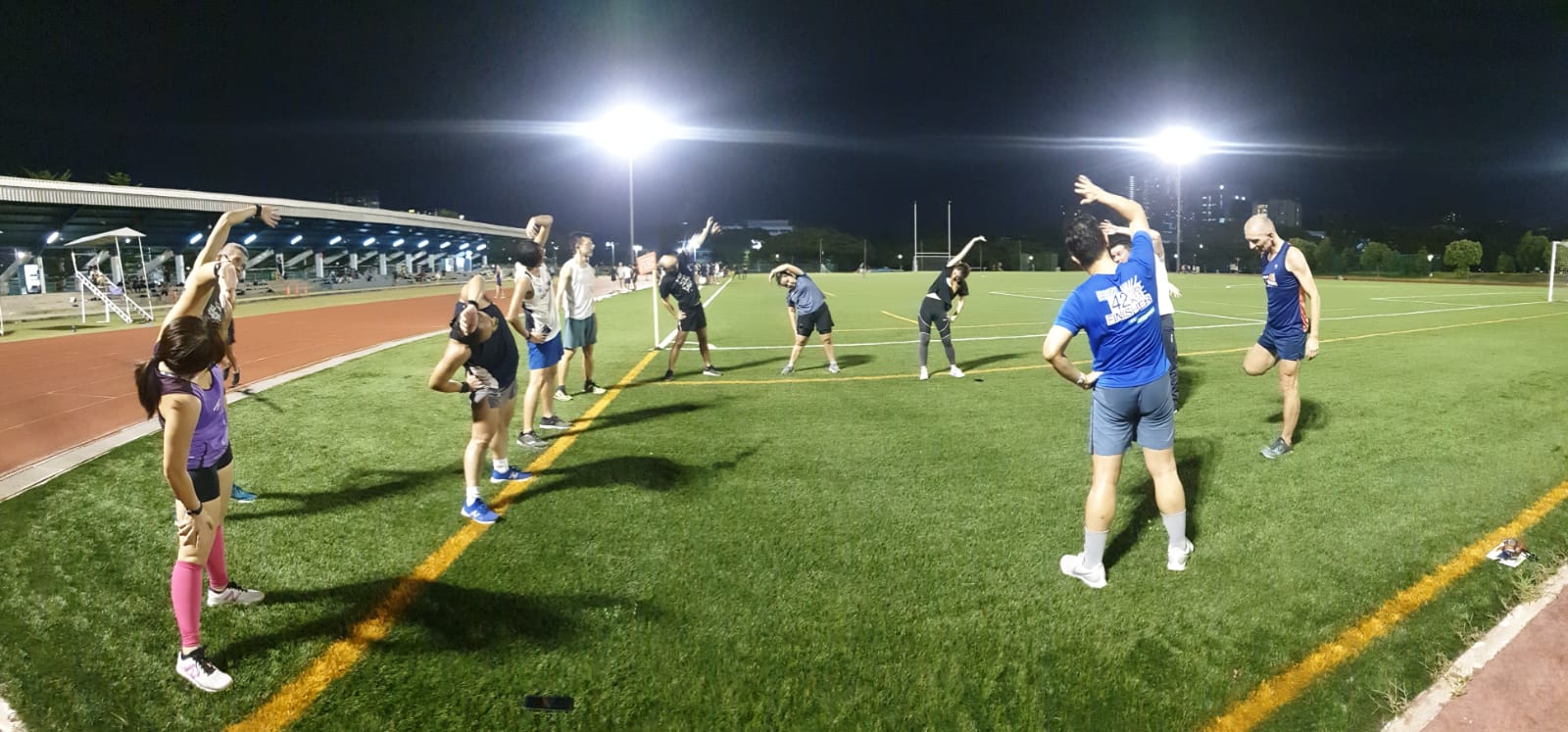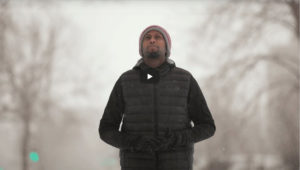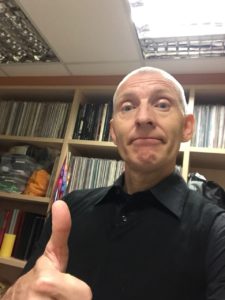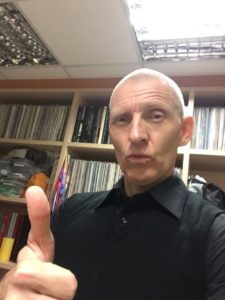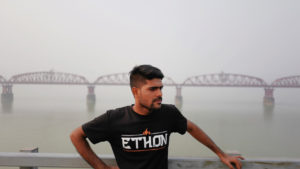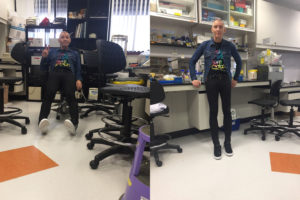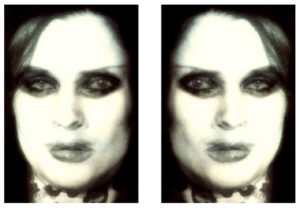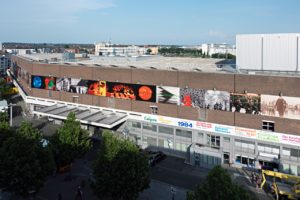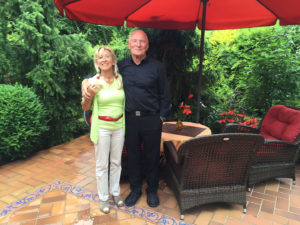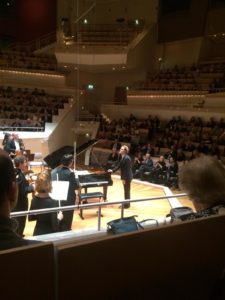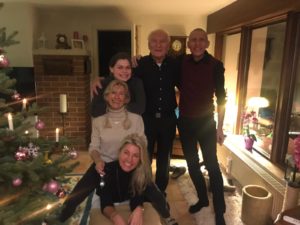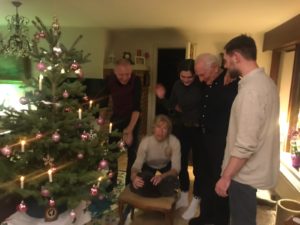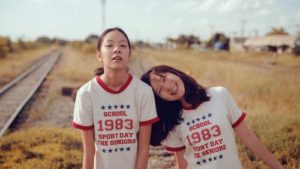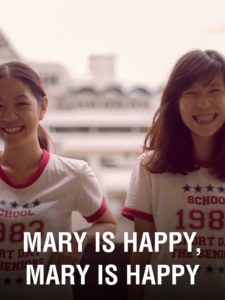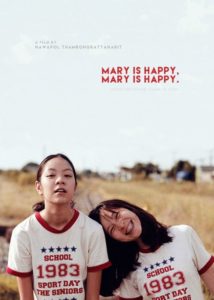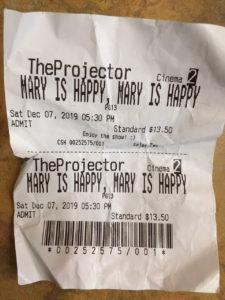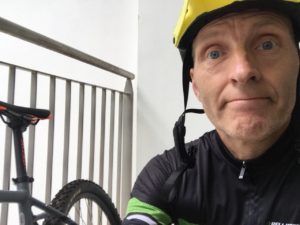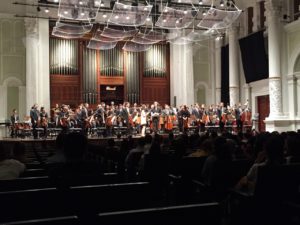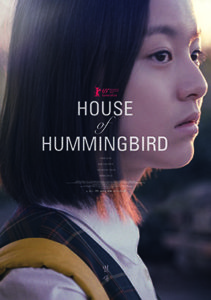Weekly Highlights 2019-2020
HIGHLIGHTS FOR WEEK OF 14 – 20 DECEMBER 2020

The end of the semester is again student feedback time, and I just received mine. I only taught one graduate student class, in which I rehearsed the teaching method that I plan to use next semester. And the response was rather encouraging: zero negative comments and some very positive comments. I did spend a lot of time preparing for this lecture. But it proved worthwhile, and gives me confidence for my peer instruction teaching approach next semester.

HIGHLIGHTS FOR WEEK OF 7 – 13 DECEMBER 2020

It was my first live Toastmaster meeting at the Sheraton Hotel and it was a very interesting experience. First, there were the prepared speeches, which I must say where almost all really good. For some reason, the speeches delivered live in person were so much more effective, engaging and attention catching compared to the online zoom talks that I have previously heard. One speaker actually re-delivered a speech that he previously gave online in the humorous speech contest. And I must say that the presentation felt so different. I thought that the live speech was actually really funny and the end really touched me, which I did not experience online at all.
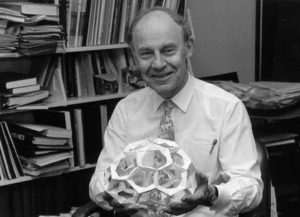
HIGHLIGHTS FOR WEEK OF 30 NOVEMBER – 6 DECEMBER 2020
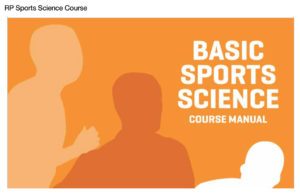
I completed and passed my SG coach Sports Science Course. Overall, this was a rather disappointing course. I did refresh some of my anatomy and physiology knowledge. But if I would not have had pre-existing knowledge, I don’t think I would have learned much from the lectures. There was only transmission of facts and no attempt to actually make us apply what we have learned. I guess there was not enough time because the course tried to cover a lot of things, but there must be a better way to do this. The best answer to this problem is probably the “Flipped classroom”, where the students get the necessary information before the lecture and then class time can be used for applying the knowledge.
HIGHLIGHTS FOR WEEK OF 23 – 29 NOVEMBER 2020

In preparation for my Basic Sports Physiology exam, I watched a video about Michael Phelps, which showed that one reason for his incredible success is his mental race preparation using imagery. What Michale Phelps did before a race is to imagine every possible scenario and develop a plan for each. This includes any possible mishap. And so during the race, he has does not have to make any decisions, but only folwow through on his plan.
I realized that I usually do the opposite. For instance, when preparing for and giving lectures, I have a plan for how optimally the lecture would run. And I hope and expect that everything will work out as planned. If anything goes wrong, I tend to get upset and start blaming, which is of course not helpful. Another effect of my strategy to hope for the best case scenario is that I feel nervous and worried before a lecture in case things do go wrong. Hence, the approach to plan for a course of action for every possible scenario does not only make the lecture run more smoothly. It also reduces anxiety and lets one calmly look forward to the event. Hence, I will try to implement the Michael Phelps approach in the coming semester. Needless to say, this approach also applies to other tasks that we want or need to perform.
HIGHLIGHTS FOR WEEK OF 16 – 22 NOVEMBER 2020


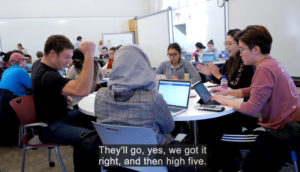
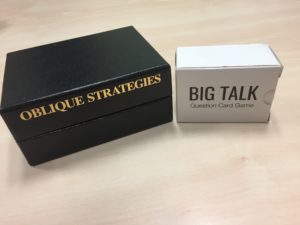
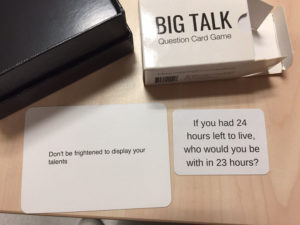
HIGHLIGHTS FOR WEEK OF 2 – 8 NOVEMBER 2020

My SG-Coach Basic Sport Science continued this week. And there was not much change. Didactic lectures with lots of factual knowledge that needs to be memorized. This really brought back all the memories of my student days and made me realize that memorizing is really not fun. There was one moment where one lecture suddenly became more interesting. The lecturer showed a video clip of the 100m competition at the SEA Games, in which the Singaporean athlete lost to a Filipino runner. And the lecturer then analyzed the running style of the Singaporean runner to highlight potential reasons that made him slower. I wish the lecturers would always start with a problem and THEN explain the relevant content. This approach makes the lecture much more interesting and content much more relevant and easier to remember.
HIGHLIGHTS FOR WEEK OF 26 OCTOBER – 1 NOVEMBER 2020

My second SG-Coach on Sports Medicine at Republic Polytechnic has started and it gives me a chance to once again be a student. This time I actually get to experience online teaching from the student perspective. And I must say that the first two lectures were rather boring. There was hardly any student-teacher interaction. The lecturer did ask some questions, but I found myself much less inclined to say things than in the live classes during the last course. The class showed that the normal way to deliver a lecture definitely does not work online.
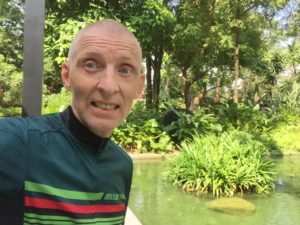
On Sunday, I went cycling, which was super tiring because there was really strong wind today. It it seemed to always come from ahead. But on the way back I discovered this beautiful leaf, which reminded me that in other countries it is foliage season!

HIGHLIGHTS FOR WEEK OF 19 – 25 OCTOBER 2020
HIGHLIGHTS FOR WEEK OF 12 – 18 OCTOBER 2020
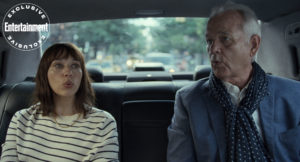
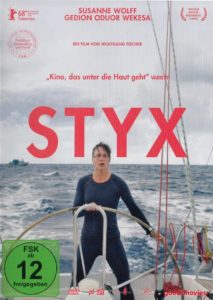
I watched a couple of movies this weekend (‘On the rocks’ and ’STYX’), but in the end I did not enjoy them that much. They were both really good movies. ‘On the rocks’ had really great acting by the two main characters, and ’STYX’ kept me on the edge of my seat. But even though the poster above says ’STYX’ is a movie “that goes underneath your skin”, it didn’t. Both movies did not make me think or get emotionally touched.
But still, going for movies helps me to get structure into my day, because it forces me to finish the important things on time so that I can make it in time for the movie (although most of the time I am still late).
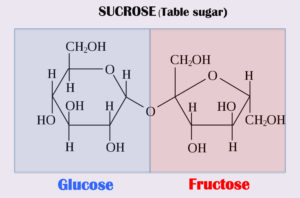
Last week I was discussing an interesting study in which the researchers looked at how sugar consumption leads to the development of the metabolic syndrome. Sugar, or sucrose, consists to equal parts of glucose and fructose, which are chemically bound together and cleaved in our small intestine. The study showed that the detrimental effects that sugar has on the body are due to the fructose contained in sugar. Preventing fructose metabolism also prevented the development of the sugar-induced metabolic syndrome.
Interestingly, in another study the same group of researchers has previously shown that glucose by itself (without the addition of fructose) also causes signs of the metabolic syndrome in mice. In the study. the researchers provided mice for 14 weeks with drinking water containing 10% glucose (or tap water for the control mice), with an otherwise normal diet. For comparison, a can of coca cola contains 9 grams of sugar per 100 ml (9%). The authors found that glucose water caused a markedly increased body weight, increased fat accumulation (specifically accumulation of visceral fat) and elevated insulin concentrations (see figures below).
The researchers then tested the effect of blocking fructose metabolism. This was again done by using mice that lack fructokinase (also known as ketohexokinase = KHK-A/C), the first enzyme in the intracellular fructose metabolic pathway. Even more interestingly, and surprisingly, the effects of glucose on body weight, fat accumulation and insulin levels were, at least partially, blocked by preventing fructose metabolism.
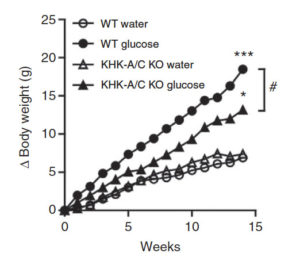
Effect of glucose consumption on body weight in normal wild type (WT) mice and mice that are unable to metabolize fructose (fructokinase or KHK-A/C knockout mice). The results show that in normal mice, drinking glucose water markedly increases body weight compared to drinking tap water. Inhibiting fructose metabolism partially inhibits the glucose-induced body weight gain.
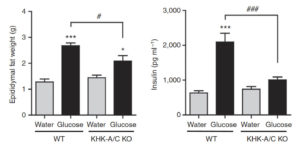
Normal wild type mice that drink glucose water have greater fat accumulation and insulin concentrations in the blood, indicative of insulin resistance. These effects are markedly inhibited when fructose metabolism is blocked in the KHK-A/C knockout mice.
In addition, glucose consumption also caused the development of fatty liver and elevated the amount of fat in the form of triglycerides in the liver (see figure below). Again, this effect was prevented if metabolism of fructose was blocked.
How can these unexpected findings be explained? It turns out that glucose can be converted into fructose via the so-called polyol pathway. Indeed, giving glucose to mice led to elevated fructose concentrations in the blood and liver. Importantly, preventing glucose conversion into fructose by knocking out the first enzyme of the polyol pathway, aldolase reductase, also inhibited body weight gain and fat accumulation in the liver upon giving mice glucose in their drinking water (see figure below).
In the polyol pathway, glucose is converted to fructose via two enzymes, aldolase reductase and sorbitol dehydrogenase. Interestingly, glucose was found to actually increase aldolase reductase (but not sorbitol dehydrogenase) activity, thus promoting its conversion to fructose.
Nonetheless, it is important to keep in mind that the study was done in mice. Hence, it is currently not clear whether similar mechanisms operate in humans. However, the safest option is still to try to resist the temptation to eat too much sugar. This is how I managed to do it.
HIGHLIGHTS FOR WEEK OF 5 OCTOBER – 11 OCTOBER 2020
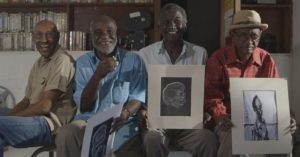
This week I watched “Talking about Trees” at the Projector, which allowed me to learn something about Sudan. I missed the beginning, so I am not sure why the movie is called “Talking about Trees”. But the movie is essentially the story of 5 cinema enthusiasts in Sudan who plan to open a cinema. All cinemas in Sudan were closed during a military coup in the past and most young people have never watched a movie in a movie theatre. Hence, the motivation of the 5 enthusiasts, who call themselves the Sudanese Film Group, is to give Sudanese people the chance to experience what it is like to watch a movie in a cinema. I liked the movie not only because I can learn about Sudan, but because the story was inspiring and life-affirming. The group was solely driven by their passion to bring joy to the people. And because they were not planning to charge anything, they actually had to self-finance the project. Yet, as one would expect, they had to run up against a lot of problems.
I also made a video for NUS Cap the Cups, a student group that tries
In one of the papers published by Andres-Hernando et al. in Cell Metabolism in July this year, the authors looked at the role that fructose has on the sugar-induced metabolic syndrome. The metabolic syndrome comprises of a set of symptoms (central obesity, elevated fasting blood glucose concentrations, high blood pressure, elevated blood triglyceride concentrations, elevated blood cholesterol levels), and sugar increases all of them. The paper has a number of interesting findings:
Firstly, the authors found that glucose stimulates fructose uptake (see the figure below). What that means is that the combination of glucose and fructose is particularly bad, I initially thought that this may explain why fruits, which contain lots of fructose, are generally considered healthy. However, I realized that fruits also contain both fructose and glucose at a ratio of about 2:1. So there must be other reasons why fruits are good for us despite being rich in sugar, which probably has to do with the high fiber content.
Fructose levels in portal vein blood in mice after giving the mice water (black), fructose alone (green) or the same amount fructose together with glucose at an equal ratio (purple).
The authors then prevented fructose metabolism in cells. Fructose is normally taken up into cells via specific transporters. The first step in fructose metabolism is then the phosphorylation to fructose-1-phosphate, which is mediated by fructokinase. Fructokinase is also known as ketohexokinase (KHK) and exists as two separate isoforms, KHK-A and KHK-C. In the study, the authors knocked out both KHK-A and KHK-C. As a result, fructose metabolism and utilization is prevented. What the researchers found is that the KHK-A/C knockout mice, when exposed to high fructose+glucose diet gained much less weight, showed less fat accumulation, did not develop fatty liver and maintained improved insulin sensitivity compared to the normal wild type mice. This means that it is actually the metabolism of fructose that is responsible for all the problems associated with sugar intake.
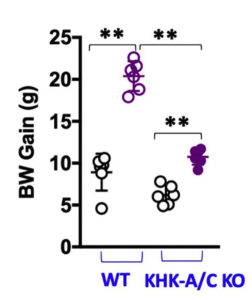
30-week body weight (BW) gain in normal wild type (WT) and fructokinase-deficient (KHK-A/C KO) mice exposed to water (black), 10% fructose + glucose (WT, purple open circles), or 30% fructose + glucose (KHK-A/C KO, purple closed circles). Fructokinase deficient mice gained much less body weight despite being exposed to more fructose + glucose.
Representative histological staining (H&E) images of liver sections from normal wild type (WT) or fructose deficient (KHK-A/C KO) mice exposed to water or fructose + glucose (FG). Wild type mice develop fatty liver, as apparent from the accumulation of white lipid droplets. No lipid accumulation was observed in the liver of KHK-A/C KO mice. PT, portal triad; CV, central vein.
Mice lacking fructokinase actually took in less fructose via the gut. To compensate for this, in the experiments shown above the researchers actually gave 30% fructose + glucose to the fructokinase knockout mice, but only 10% to the wild type mice. To have a fairer comparison, the researchers then knocked out fructokinase only in the liver. As expected, this did not affect fructose uptake via the gut. Interestingly, despite the fact that fructose and glucose uptake is similar in wild type and liver-specific fructokinase knockout mice, absence of fructokinase in the liver completely protected mice from sugar-Induced metabolic syndrome. The mice lacking fructokinase in the liver did not show any increase in body weight, development of fatty liver, insulin resistance, increase in white fat and decrease in brown fat. The latter findings indicate that preventing fructose uptake in the liver even has effects on distant organs such as the adipose tissue.
Overall, the results suggest that when we take in sugar, the main problem is the metabolism of the fructose in the liver. Liver metabolism of fructose is responsible for all the problems associated with sugar intake. If metabolism of fructose in the liver is prevented, mice stay healthy. So staying away from fructose containing table sugar and high-fructose corn syrup in soft drinks is really a good idea.
Excessive amounts of sugar (fructose and glucose) induce fatty liver and metabolic syndrome in normal WT mice by inducing greater sugar intake thus leading to increased fructose metabolism via KHK (fructokinase). The absence of KHK in the liver completely prevents fructose metabolism, leading to its excretion into the urine.
HIGHLIGHTS FOR WEEK OF 28 SEPTEMBER – 4 OCTOBER 2020
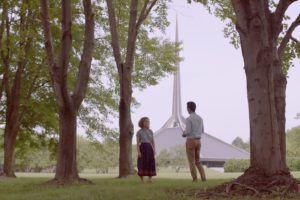
This week I watched “Columbus” at the Projector, a movie about two characters, Casey and Jun, who accidentally meet in a Midwestern town in the US and share their thoughts about their dreams, their relationships with their parents and their relationship with architecture, with which both have a strong connection. I liked the slow pace of the movie. There were many scenes without much action, where we just saw the main characters go about their business at home or making phone calls in Korean (that weren’t translated). It allowed the viewer to immerse himself in the atmosphere, although it seemed to have led others to boredom. For instance, the woman in front of me, who kept on looking at her phone, which actually distracted me from the most interesting scene. In the scene (which I did not get completely), Casey and a friend discussed why people spend their time doing different things, like some people read books in their free time and some people play video games instead. Casey thought that people who play video games do so because they have a short attention span. In fact, she pointed out that video games are made for people with short attention spans. In contrast, her friend said that it is because different people find different things interesting. This is why people who read books usually don’t play video games and people who play video games often don’t read books. Which then raises the question of why do we find different things interesting? And why do we find certain things (and people) boring?
According to Farouk Radwan, ‘resonance, common concerns and unmet needs’ also explain why we find certain people boring, because their inner world does not resonate with us, because we don’t share common concerns and they do not help us to meet our unmet need (like telling us how they like our fashion sense).

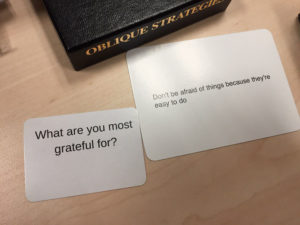
This week’s Big Talk and Oblique Strategies cards are “What are you most grateful for?” and “Don’t be afraid of things because they are easy to do”, respectively.
HIGHLIGHTS FOR WEEK OF 21 SEPTEMBER – 27 SEPTEMBER 2020
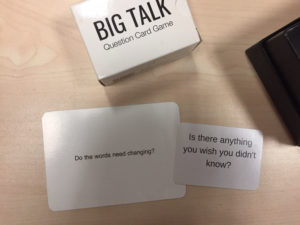
This week’s ‘Oblique Strategies’ and ‘Big Talk’ cards are “Do the words need changing?” and “Is there anything you wish you wouldn’t know?”
When I was young and used to watch TV, I never wanted to see the horrible video coverage of human sufferings in the news and always looked away or left the room. This is because if I were to see these scenes, they would stay with me in my mind and I would constantly think about how the people experiencing this must have felt. On the other hand, there are also things that I wish I would know more of. For instance, this week and last week I watched two movies that played in Ethiopia (‘Lamb’) and Tunesia (‘Arab Blues’). Seeing these movies really created a perception of these countries, which used to be white spots on the map for me. And by seeing what problems the local people there face, we get a better understanding of other cultures. But there are still many white spots on my virtual world map.
This week I read an interesting article in Science about why COVID-19 tends to be much more severe in obese individuals. I have always wondered about this because it does not seem that logical.
The bottom line is that obesity, especially abdominal obesity, is not a good thing. One thing I have recently realized is that the best (or only) way to specifically lose belly fat is sustained endurance type of exercise. Eating less and more healthy is of course good, but ultimately the fat needs to be mobilized (broken down). And because during sustained exercise our body preferentially mobilizes belly fat (or visceral adipose tissue), a long run or bike tour is very effective (at least for me).
HIGHLIGHTS FOR WEEK OF 14 SEPTEMBER – 20 SEPTEMBER 2020
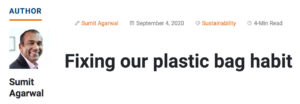
Covid has caused a lot of problems. One is that pressing issues like climate change and waste reduction have disappeared from the headlines, which is very troubling. Although lockdowns have reduced CO2 emissions, accumulation of plastic waste has gone drastically up, as a new article in Science suggest. For instance, hospitals In Wuhan during the height of the outbreak produced 6 times more plastic waste per day compared to the daily average before the pandemic. Plastic waste is not only due to disposable masks, gloves and gowns, but also due to massive increases in take-away and home-delivery food and drinks.
I read that in Singapore two million plastic bags are taken from supermarkets every day. That is TWO MILLION PER DAY, from supermarkets alone. Many countries have imposed a fee for using plastic bags or banned them altogether. But this week, I came across a very innovative approach to discourage the use of plastic bags in this interesting article. In it, NUS professor Sumit Agarwal suggests the use of a shaming strategy, for instance by printing messages on plastic bag, like this: ??
This shows that there are many potential ways to address plastic pollution. No matter what, let’s hope something WILL be done soon.
There are two ways to deal with this constant change. One is to not care about our surroundings and be not dependent on it for our well-being. The other option is to enjoy the “now” but at the same time be open to changes and constantly explore and try new things. After all, change not only makes life challenging, but it is also what makes it interesting, what makes us realize new things. If we ourselves don’t change anymore in any way, our lives have come to a standstill.
HIGHLIGHTS FOR WEEK OF 7 SEPTEMBER – 13 SEPTEMBER 2020
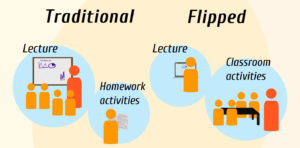
I delivered my first online flipped class-room, peer-instruction class.
I watched a few movies this week, including “Miracle”, the story of the 1980 Olympic US ice hockey team doing the impossible and beat the Soviet Union. It was a reminder about how we can create meaning in our lives through hard work.
I also watched “Let them play” at the Projector, a movie about the creation of the first women’s soccer team in France, and all the resistance the team faced from the men-dominated football world. It was a nice story, but it was told as a comedy. And I realized that I don’t really like comedies, because they usually do not give a deep insight into what humans actually feel, and hence, they don’t really touch the viewer.
But the most amazing movie I watched was “Corpus Christi”, a Polish movie about a young man who is released from prison and has a dream to become a Priest. However, being a convicted criminal prevents him from pursuing this dream. So he pretends to be priest and becomes in charge of a parish in a small village. He turns out to be the most unusual priest one could imagine, but one who captures the hearts and minds of the village community. I really liked the main character. I liked him because he was a really cool young guy while at the same time being really courageous, really empathic, and really driven to do good without thinking about himself. People like him are the true heroes. They don’t do what they do to get recognition or to make a living. They do it because they want to, because they have to. They don’t get any awards, and in fact, in the end the main character ended up back in prison.
The movie shows that we should not judge others based on whether they fit our expectations, or based on the recognition they have received. We should judge them by their passion.

This is my picture of the week. It is an amazing photo I found in a story in the Guardian. This is what it looked like on
HIGHLIGHTS FOR WEEK OF 31 AUGUST – 6 SEPTEMBER 2020
This week I managed to complete another blogpost. This one is called “Happiness must be created” and features a very interesting “computer game” that I used to play in my youth.
I also wrote a commentary on a very interesting research article about “Normal-Weight Central Obesity – A major risk factor for cardiovascular disease”.
The article suggests that if our weight is in the normal range, having more belly fat puts us at greater risk compared to overweight or obese people.

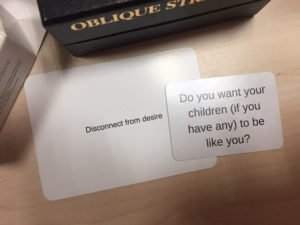
This weeks Oblique Strategies and Big Talk cards are “Disconnect from desire” and “Do you want your children (if you have any) to be like you?”, respectively.
In finally managed to finish a blogpost on the topic “Why am I not excited about my research project?”. And while having been struggling with my other “new” posts for months, this one took two days to write.
Monday
My second session at Singapore Toastmasters was an interesting experience. On the one hand, there weren’t really any amazing presentations or table topic talks. On the other hand, I realized how difficult it actually is to give an engaging and meaningful speech. This realization came partly as a result of my own experience of being called on to discuss a table topic. The best thing about the meeting were again the tips and feedback provided by experienced toastmasters. Some of the advice was really useful, for instance how to do well in table topics (follow the three C’s = Connect; Convince, Call to Action), with the ultimate goal to take the audience somewhere. However, I am not really sure how on earth it is possible to think of all these things on the spot immediately.
I watched “Les Invisibles”, a French movie about four passionate social workers who take a very unconventional but effective approach to help homeless women. It was a fun and uplifting movie. And it made me realize how much enjoyment we can take from seeing others succeed though our help and encouragement. It often means more than succeeding ourselves.
HIGHLIGHTS FOR WEEK OF 17 AUGUST – 23 AUGUST
Monday
I attended another Toastmasters Club meeting, this time by the Toastmasters Club of Singapore, which was pretty interesting. There were some very good talks, some great and relevant table topics and most importantly, some really good speaker feedback.
The table topics section, where one has to immediately talk about a given topic for a couple of minutes, is quite scary. Luckily I wasn’t called on. To be honest, for some of the topics I would not have known what to say. I tried to observe how to best speakers responded to this challenge. The best speakers managed to come up with a storyline immediately. They also managed to incorporate some small lesson or conclusion. Perhaps one should really just close his eyes and think of what first comes to mind.
One of the table topics was: “What my spouse hates about me”. The speaker actually did not have a spouse, but he solved this issue very well by saying that if a spouse hates something about me, it would be something that I should also be concerned about myself. And so ultimately this question boils down to what I hate about myself.
If I would have gotten this topic, I would have probably said “Losing my patience when unexpected things happen.”, because this is what I experienced this week in the lab. I can try to be better prepared for mishaps. But one can never be prepared for everything. Hence, it might be better to just accept in advance that things DO go wrong. It would also help to have a more peaceful mind.
It is also worth mentioning that most of the time, we don’t really know what friends or colleagues hate about us, because usually they don’t tell us. Live would be so much easier if they did. This actually would have been a great thing to talk about…
I did get a few ideas about what good speakers do when they present: smile!, emphasize, use facial expression to make one’s message more accessible, use acting, speak slowly.
Saturday
I watched “Never Rarely Sometimes Always” at the Projector.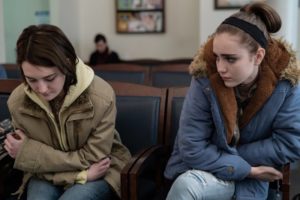
I like going to the cinema. It is always a special and fun experience and every week I look forward to it. The movie I watched this week, “Never Rarely Sometimes Always”, was about a pregnant teenager who traveled with her cousin to a different state in the US to have an abortion. (Her home state did not carry out abortions for underaged teenagers without parental consent.) The movie showed some of the difficult issues that girls and women face, in terms of the law and relationships with abusive boys and men. One thing that surprised me was that the teenagers revealed so little of their feelings in the movie. I guess this is somehow reflective of real life. It could be because teenagers don’t confront their feelings much or because they are not used to express their feelings. I suppose it could be both. The lack of reflecting about one’s feelings might be related to teenagers constantly engaged with digital media. And the lack of expressing one’s feelings probably is due to being afraid to show weakness. Both can prevent teenagers and people in general from coming to terms with conflicts and overcoming them. I guess education and schools could help more to promote student reflection. A great example can be seen in the amazing movie “Freedom Writers”, where the teacher suggested to the students to write diaries, to great effect.
Stephen Stearns: Designs for learning
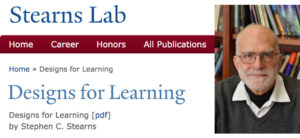
Last week, my former Cell Biology student Cheng Kai sent me an amazing article by an inspiring Professor at Yale, Stephen Stearns. In the article, Stephen Sterns describes creative ideas that he has used to teach students.
There are several things really resonated with me:
First, there is his enthusiasm and motivation for teaching. Despite all the dis-incentives that research Universities, which primarily value research, provide to improve teaching, he cares about educating students. He writes “I care because if I have a day in which I have seen a student’s eyes light up on encountering an amazing idea, or in which I can see a student progress in thinking, writing, and speaking with clarity and grace, or in which a student grows in any other way because of something I have said, done, or arranged, I feel better that very night.”
Besides this, I also feel that another major motivation to become a good teacher is to be able to feel self-worth. Or put in other words, being a bad teacher feels really bad.
What resonated with me even more is how Stephen Stearns defined the purpose of education, which is not to learn and repeat information. The purpose of studying and of our whole being, he writes, is to create value. And according to Stearns, students should be given the chance to do so as early on as possible. To achieve this, he emphasizes the need to see students as colleagues from an early time.
How can University education help students to produce value? According to Stearns, it requires to let students make choices and take risks. He writes: “I want my students to lead valued and valuable lives, and they cannot begin to do so until they learn to take risks, make choices, and live with consequences.” I believe that the last point (“live with consequences”) is important because it makes students take their choices seriously.
When I was a student, I was not really given this opportunity, except to some degree while working in the lab. I do remember whenafter many years of studying I was a senior medical student and felt really tired of having to learn more things. I was inpatient to actually do and produce something. It is important to give students a chance to do so as early as possible.
HIGHLIGHTS FOR WEEK OF 10 AUGUST – 16 AUGUST+
Monday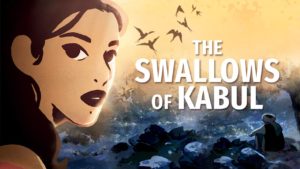
After realizing that movie theaters have actually been open for some time, I finally made it back to the Projector after a very long time. And I managed to catch an amazing French movie called “The Swallows of Kabul”. It was the tragic story of women suffering in Kabul, Afghanistan, during the rule of the Taliban. It was an animated movie, and that was a good thing. It allowed the viewer to focus on the human side, avoiding the shock of the horrendous cruelty displayed by the Taliban. Women being executed for minor or no offenses at all by men who show no mercy or human feelings. And yet, there was a glimpse of hope and the main character was saved from being executed at the last moment through the bravity of a husband and a wife.
I am always amazed by people who in the most difficult times, be it in Nazi Germany, in East Germany where I grew up, or in Afghanistan, are not afraid to risk or even give their life for others and for what they believe in. And I sometimes wonder how I would behave. And then I feel happy that I am so lucky to not having to face these decisions.
Watching a touching movie after so long, even just going out for something other than doing sports or shopping made me experience happiness. It made this holiday a special day.
I attended an amazing webinar by ‘active learning’ pioneer Eric Mazur, physics Professor at Harvard University. The seminar was called “Remote Teaching with Eric Mazur”, and as the name suggests, it was about online teaching, and how to make it effective. In the webinar, Eric Mazur basically demonstrated how he conducts his online lessons, with us attendees being his ’students’. And I must say that it was really inspiring and revelatory. Even though I think that my classes already involve quite a bit of ‘active learning’, the seminar made me realize that there is clearly a lot to learn and to improve.
During the class, the students then first have to do an assignment, which consists of answering a set of rather difficult questions, based on the pre-class assignment. At this stage, the answers will not revealed. Subsequently, the students are assigned into breakout rooms in groups of about 5 students, and they then discuss their individual answer choices and come up with a joint answer that they submit as a group. The really cool thing was the platform that we used (Learning Catalytics), which displayed the individual answer choices from each student. It also assigned points. If we got the answer right on the first try, we got 4 points, if we got it right on the second try, we got 3 points and so on. This means that it was actually a competition between the groups. which was really fun! Whenever we got an answer right, we cheered.
Sadly, NUS does not subscribe to Learning Catalytics, but there may be similar softwares available. For instance, the format could be implemented via the NUS learning management system. I will definitely use this approach for my Cell Biology class. Although I have had group-based quizzes in my live classes in the past, I did not incorporate the competition aspect and also did not reveal the obtained score immediate after each question, which makes it a lot more fun.
There were other great ideas, like the lecturer sharing white boards or students within groups sharing their white boards and discussing each others’ solutions. These things will be useful, whether or not the teaching in the next semester will be online.
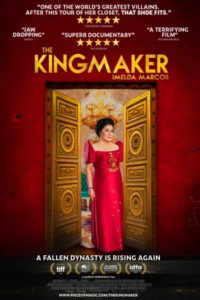
I watched “The Kingmaker”, which was a great history lesson about Filipino politics. Politics can be so interesting, especially if told so well. And I must say that learning about other countries opens doors to understand their people.

Cold showers are good for you
Ever since I was a student, I was really impressed by people who go swimming in the Winter in Germany in lakes that are freezingly cold (around zero degrees). We call them “Eisbader” (“Ice bathers”).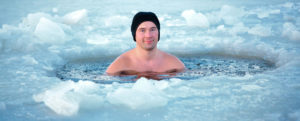
And when I was a student I wanted to try it. I read that you are supposed to start in late summer to go swimming every day as the water gradually gets colder. So I woke up before dawn every morning to jump into the lake across my house. But the problem was that every morning after coming out from the cold water my legs got really really itchy. This is likely due to some allergic reaction of my skin in response to the cold water. Hence, I had to stop the program after a few weeks.
Nonetheless, I stuck with cold showers or to at least ending my showers with cold water. This helps to feel much better and fresher afterwards. It also helps one from feeling cold after taking a shower. The cold water causes the superficial blood vessels to narrow, keeping the warmth acquired from the hot shower inside our body (which is relevant for cold countries). And I have always believed that cold showers or ending your shower with cold water really strengthens our immune system and prevents us from catching a cold. And as I discovered this week, this is precisely what a study has shown.
https://hbr.org/2018/03/cold-showers-lead-to-fewer-sick-days
The researchers found that cold showers lead to fewer sick days. Interestingly, the duration of the cold shower did not really make a difference. Most importantly, two-thirds of the people who took cold showers continued them after the study, which is a good reason to try it.
And in Singapore it is quite easy to go for cold showers!
HIGHLIGHTS FOR WEEK OF 3 AUGUST – 9 AUGUST
This week I attended my first toastmasters meeting (online). It was great to see the enthusiasm that the people showed for public speaking. In fact, it is always encouraging to see if people devote a lot of energy into something that means a lot to them. It was interesting, but to be honest, I thought it would be more formal. I guess I am more the serious type of a person.
For most of the history of modern biomedical research, scientists have been focussing on disease genes in order to find out what causes diseases and how we can treat them. However, as even every lay person knows, not every individual has the same susceptibility to fall ill from certain conditions. For instance, people who exercise regularly tend to be more healthy and generally less likely to fall ill. People who take cold showers tend to be less susceptible to infectious diseases. The exposure to exercise or cold somehow makes individuals able to fight back diseases more efficiently.
In her recent very insightful article “The Biology of Physiological Health”, Janelle Ayres highlights different mechanisms that could be at play to promote human health. According to her article, physiological health mechanisms can be either defensive or homeostatic in nature.
READ MORE HERE
This week I read an old article about the education innovator and active learning pioneer Eric Mazur. The article discussed how we can turn our students into problem solvers. One thing that really got my attention is that teachers commonly teach students how to get to an answer. For instance, in practicals we teach students how to perform a certain technique to measure something, or in class, we teach how certain cellular pathways can become activated. However, in real life people are usually confronted with an “answer”, and they need to figure out how this answer came about. For instance, an assay may not give the expected result, and one has to figure out the reason for it. Or a cellular pathway is found to be activated, and one has to figure out the reason for it. In other words, as Mazur says, while we teach students how to get to an answer, in real life, you know the answers, and you need to figure out how to get there. This is a reminder that when we teach, we should start the discussion of a topic with a question or problem. Or when we give assignments, the starting point should be a question or problem that the students need to address.
Coming up with these answer-centric exam papers is not easy. For my final exam, I usually give the students a research paper related to the course content. The research paper has a lot of “answers”, and I essentially ask questions about how the researchers got to these answers.
HIGHLIGHTS FOR WEEK OF 27 JULY – 2 AUGUST
And then I watched a French documentary movie called “Tomorrow” and another one called “Chasing Tomorrow”.
They are also climate change movies. But the major difference to most other climate change documentaries is that it has a positive message by showing ways how towns, villages and individual people are actually making a difference, without waiting for the government or corporations to do anything. Basically, the movies suggest that the whole globalization, free trade and never ending growth is a dead end that will make things worse in years to come and this is really scary. And in a way, this is also what the virus pandemic has shown us. Why do we always need more? Isn’t it enough to be healthy and fulfilled with our families, friends, our work and hobbies?
“Chasing Tomorrow” documentary
Last week I was thinking about advantages that people can have due to their race and background. But in addition to thinking about how race and background affects how other people treat us, another important question is how we ourselves treat people from other races and backgrounds. How do race and background affect our opinions and behavior towards others. To be honest, if I try to think about it, I must say that I cannot really discover traces of racism when it comes to dealing with other people. I do connect with certain people better because there are more commonalities and similar reference points, but this is not related to their race. Based on my experience, there are friendly, smart, responsible and helpful people and people who lack some of these characteristics. But this is not dependent on people’s race, origin or religion.
This week I read a very interesting research paper on why sleep deprivation is harmful to organisms. More precisely, the paper investigated why prolonged sleep deprivation ultimately leads to death by using fruit flies and mice.
HIGHLIGHTS FOR WEEK OF 27 APRIL – 3 MAY
Today I was contemplating about why I am so anxious about opening my email. It is indeed one of the things I dread most on a daily basis, because opening my email often means having to deal with problems and do tasks that I really don’t like doing! And it takes a lot of my mental energy, which I would rather use for more meaningful things. I guess part of what causes the anxiety is not being able to control email.
What is always interesting to realize is that despite our perception that the North Korean regime is oppressive and live there is miserable, people still laugh, enjoy their lives and have human values. It is true, conditions are harsh. Most households don’t have heating despite sub zero temperatures in the winter (this movie was from 2003, though). There are daily electricity outages. And the state propaganda is everywhere. Each kitchen has in fact a radio installed that blasts the state media and that can only be turned down, but not switched off! Nonetheless, people have their hopes and dreams.
In terms of my personal goals:
#1 I plan to join toastmasters Singapore after the first semester: still planning
#2 I plan to limit my clothes shopping to one item maximally per month: I got more work to do on this one.
#3 I plan to limit buying of other things to one item maximally per month: This has been successful so far!
#4 I plan to improve my punctuality: Not much improvement, yet, although I have managed to be on time for the important things.
#5 I plan to build up my website, to include sections on career preparation and running coaching: Still at planning stage.
#6 I plan to start writing my books: Still at planning stage.
#7 I plan to take up painting: Still at planning stage.
#8 I plan to become more knowledgeable about operas: I have listened to a lot of operas in the last two months, and this has been great. For many operas, once you listened to them a couple of times, they becomes really enjoyable and amazing.
#9 I plan to sleep a minimum of 6 hours every day: This has not worked out, yet.
#10 I plan to keep my daytime (11-4:30) free for random things, experiments and student interactions: This has been difficult, due to the fact that I am still trying to do too many things. They are all exciting or meaningful, so it is difficult to know what to drop.
#11 I plan to do one experiment per week: Amazingly, I have managed to do this so far.
So all in all, I have only made real progress in 3 out of 11 personal goals. But it only has been 2 out of 12 months. There is more work to do!
Being able to touch people is an amazing gift!
Another amazing movie by Nawapol Thamrongrattanarit. How he can always make us discover new things about how we act and feel is amazing.
Lessons learned from dropping my laptop
It highlights the common problem, that it is so hard for the older generation to pass on their values to the younger generation. It seems that young people value any other influence much more that that from the older people. Maybe it is an inbuilt evolutionary mechanism to ensure that there will always be change in this world. Nonetheless, we should try to share our beliefs, but by trying to connect with young people and respecting them. This is actually what the dad did, who had very different beliefs from his daughter. But nonetheless, he never stopped loving and supporting her. The dad was really an amazing person, who did not even give up on his son and really tried to understand him and what brought about his path. And the Singapore-born director Eunice Lau really did an amazing job to capture this.
HIGHLIGHTS OF WEEK OF 27 JANUARY – 2 FEBRUARY
The National Piano & Violin Competition Prize Winner concert at Victoria Concert Hall was fun! Highlights were the amazing piano and violin solo pieces by the local composer Wang Chenwei and the performance of Chopin’s Bolero op.19 by Casey Li WeiXi!
HIGHLIGHTS OF WEEK OF 24 NOVEMBER – 30 NOVEMBER
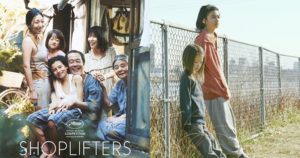
Check out the 2nd movement of Sibelius 5th:
